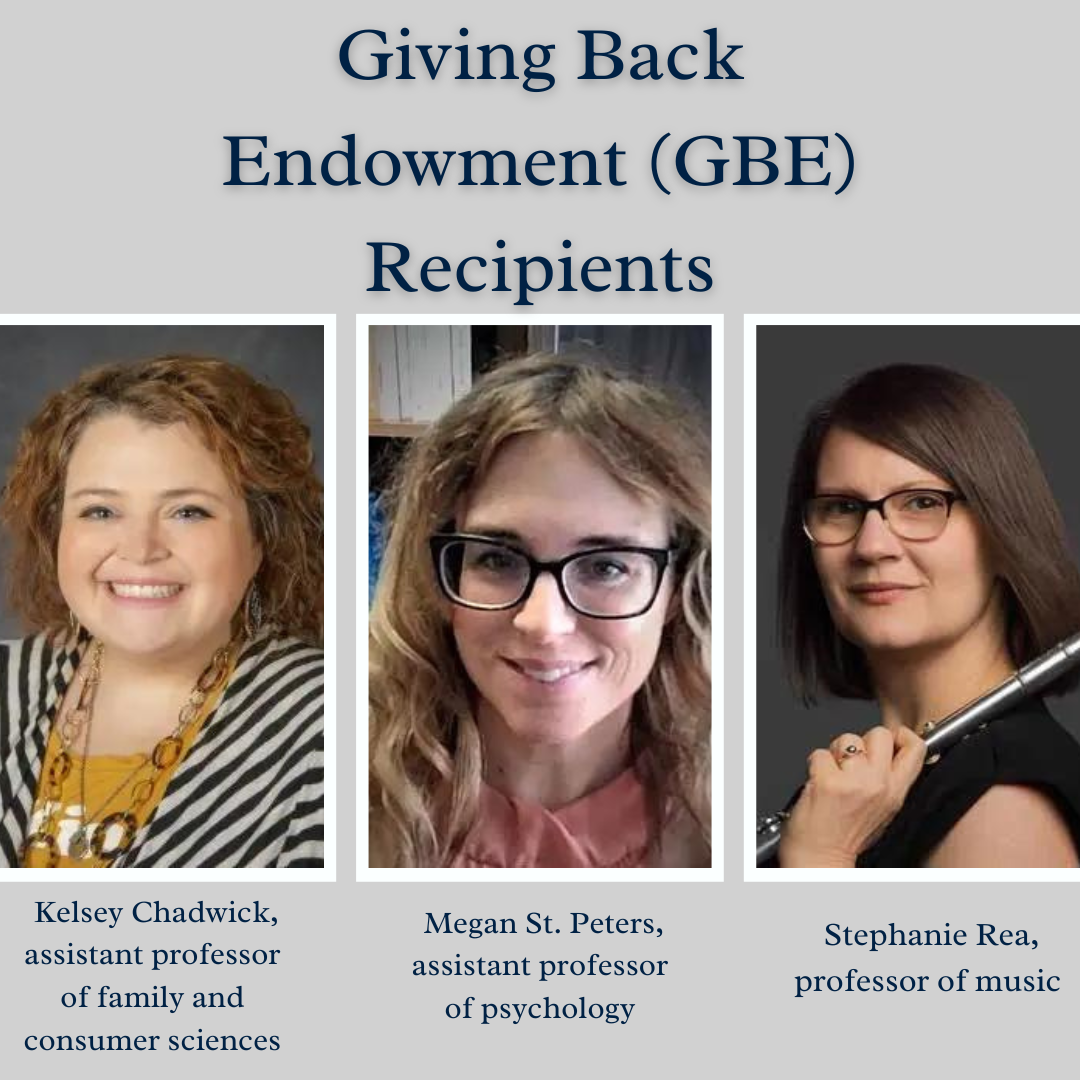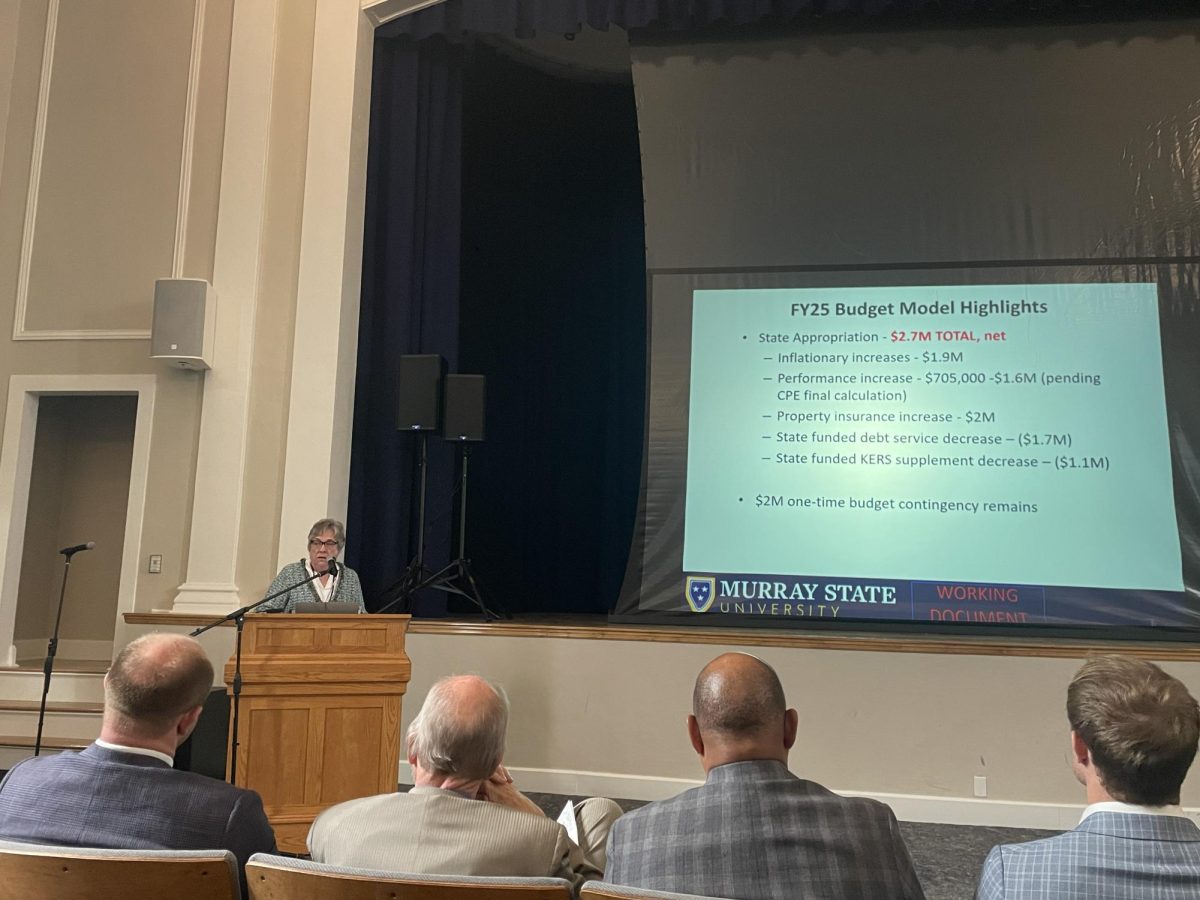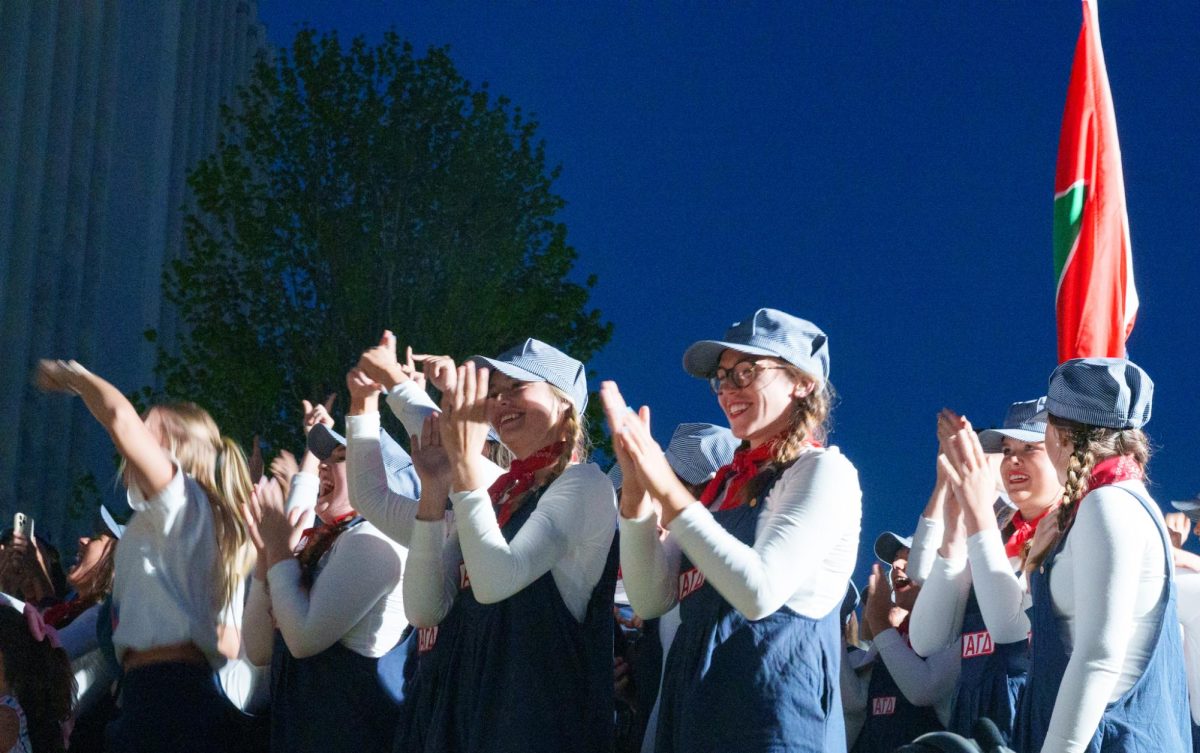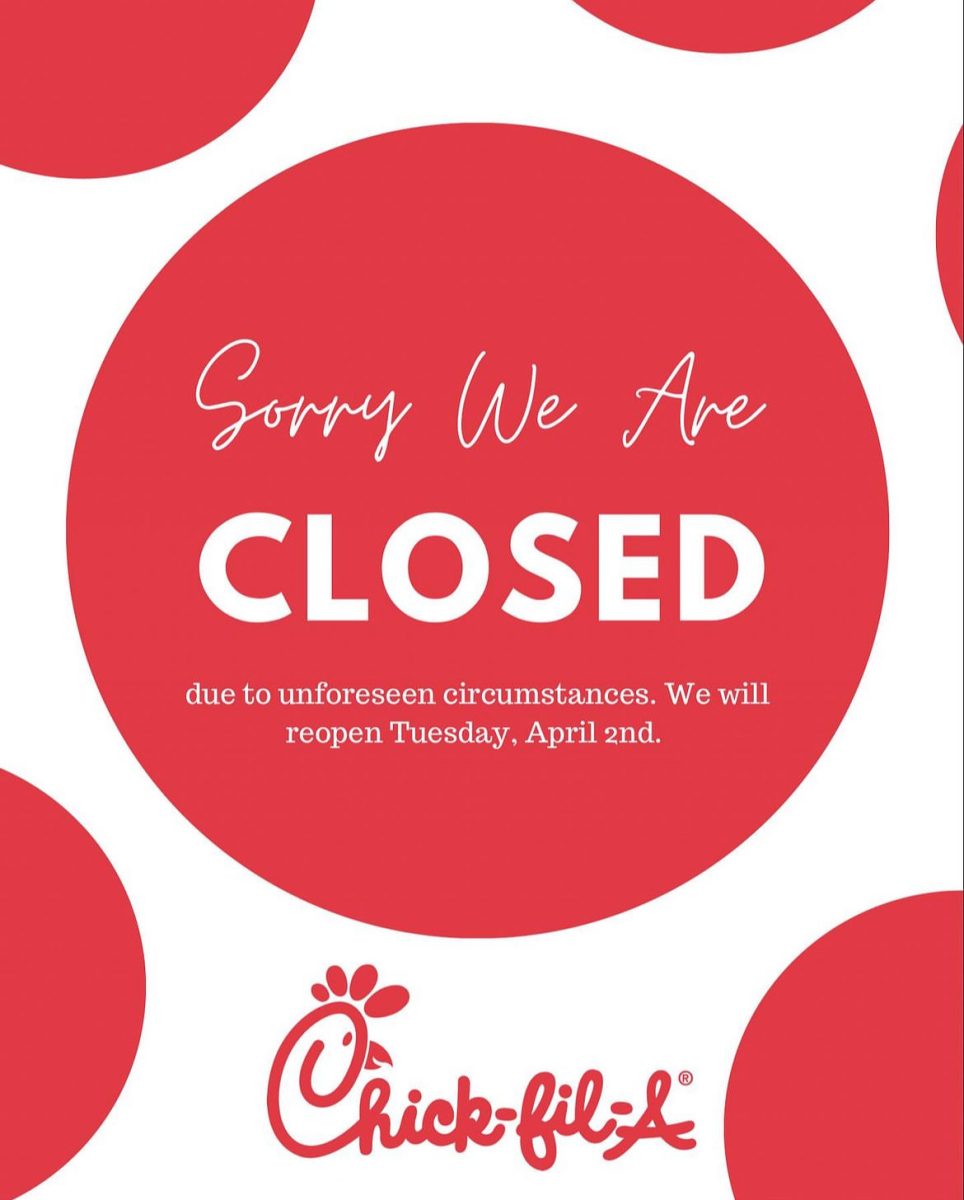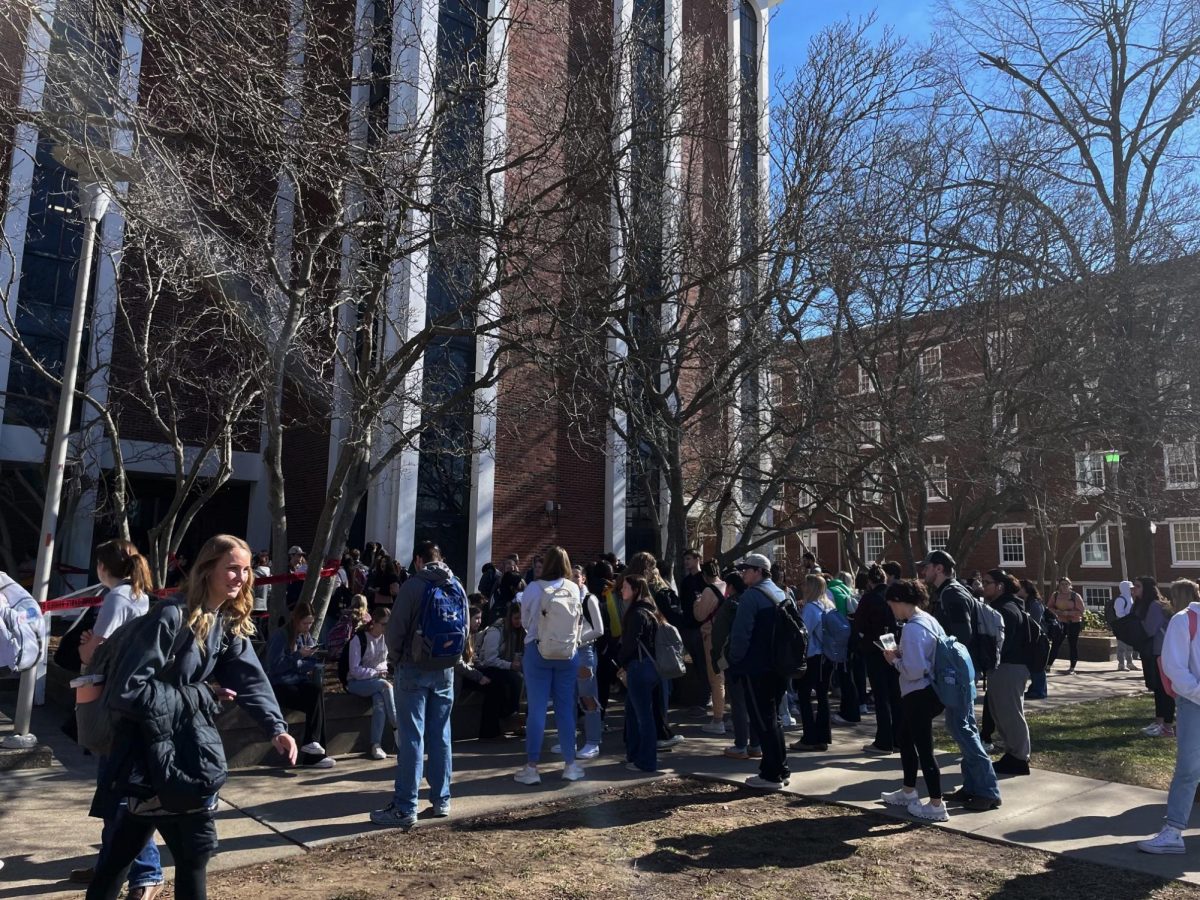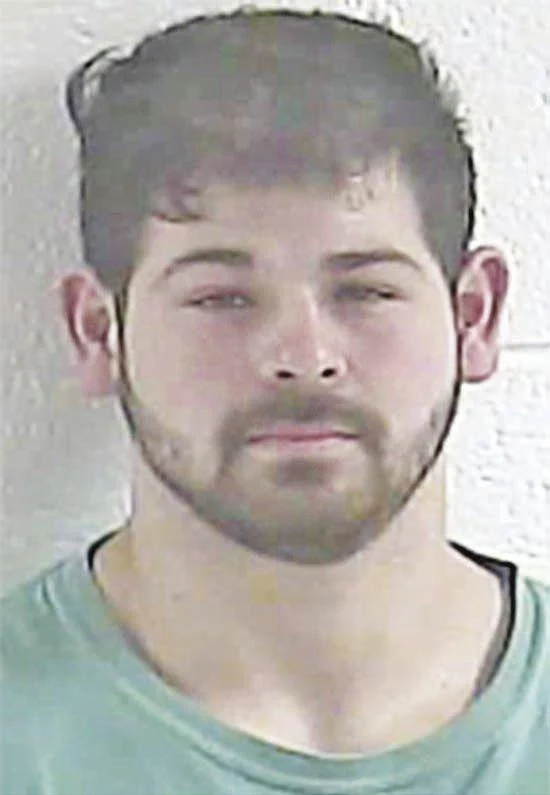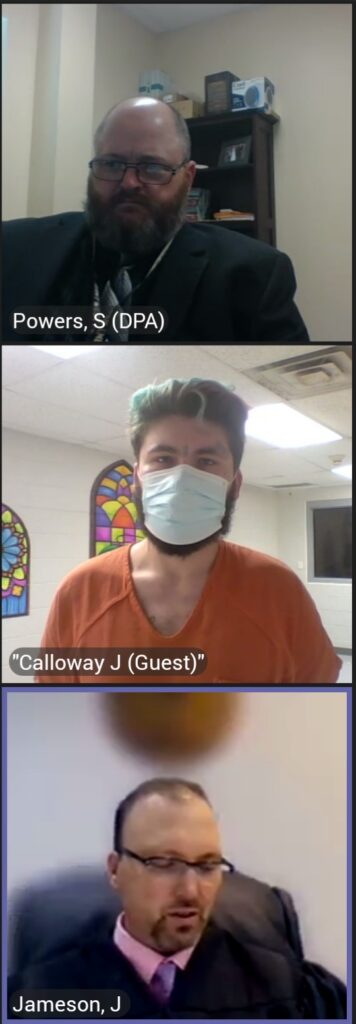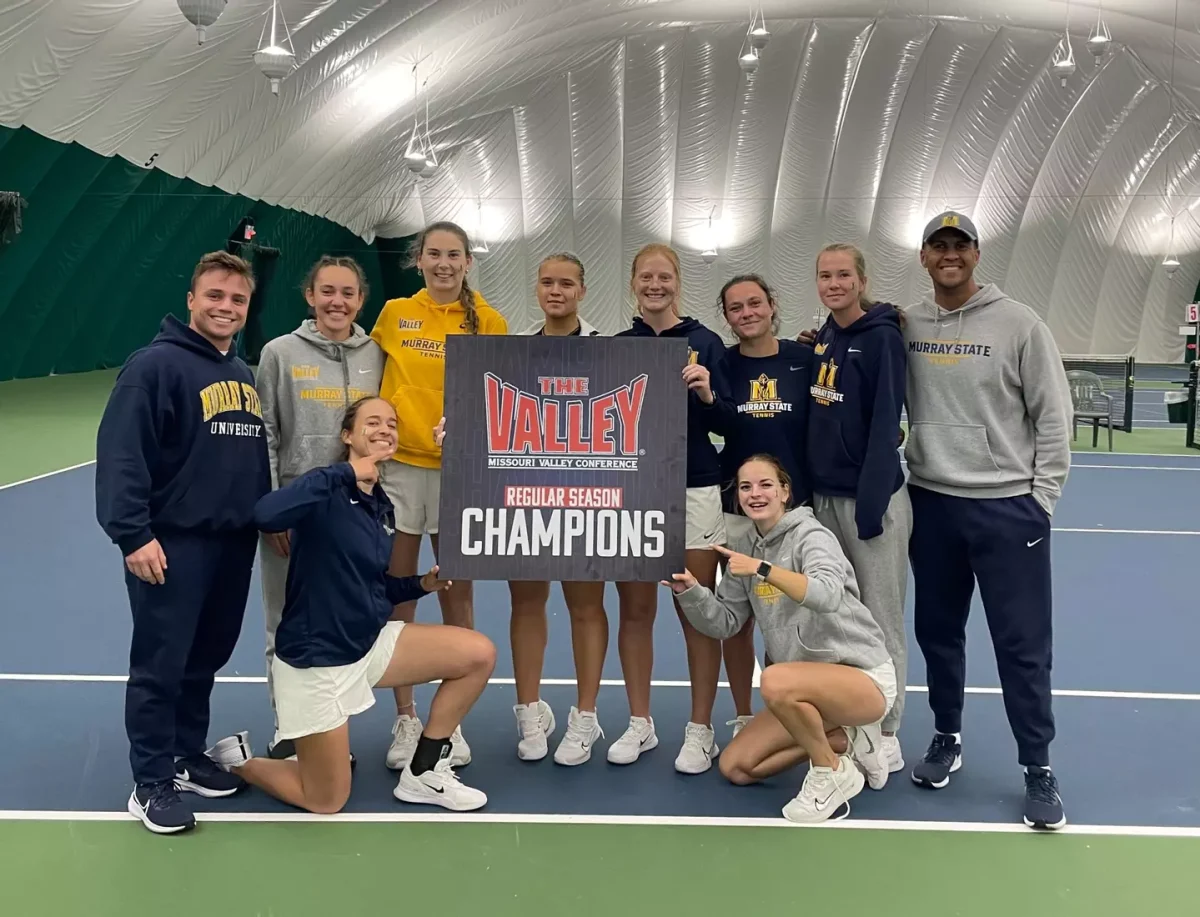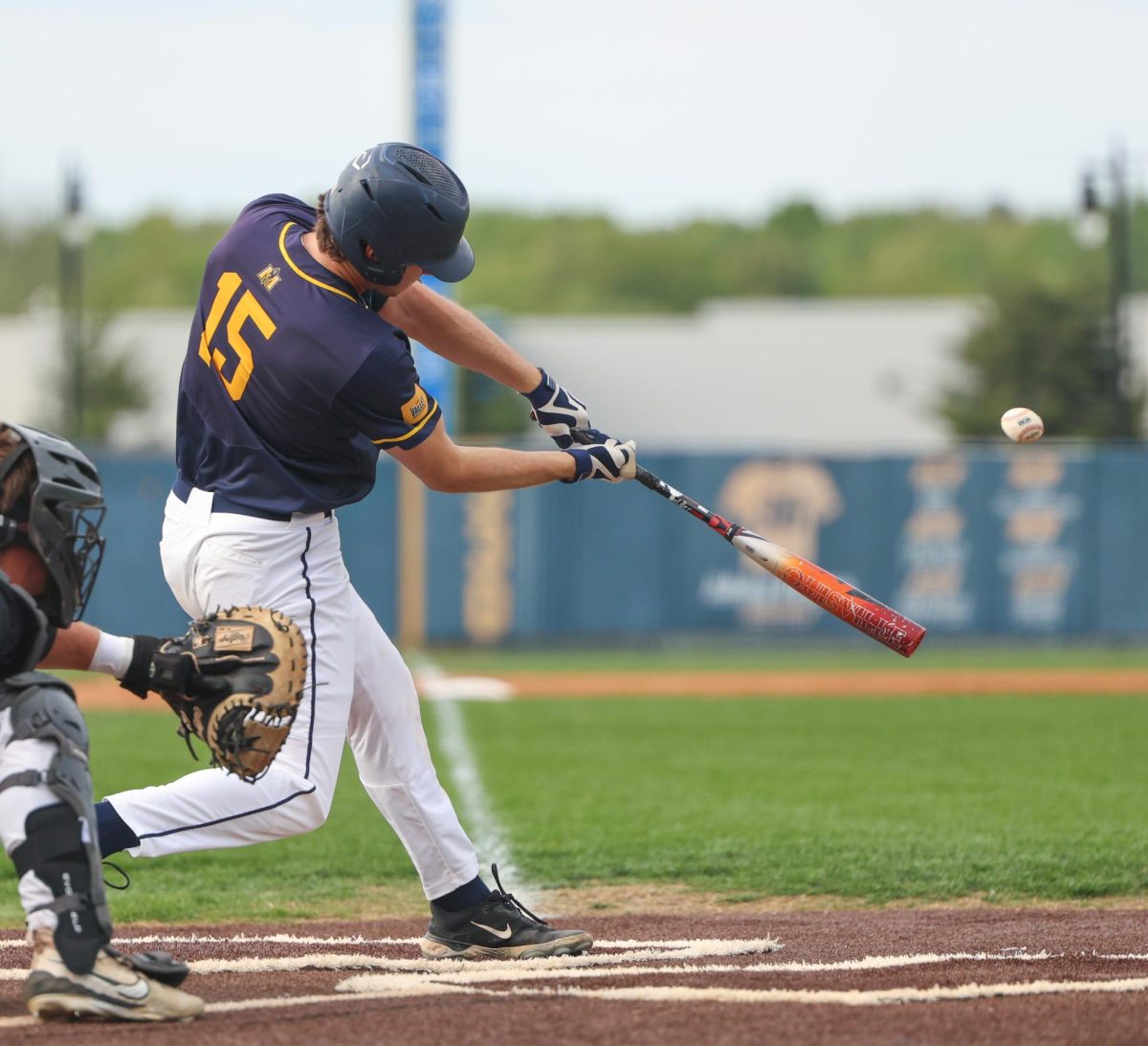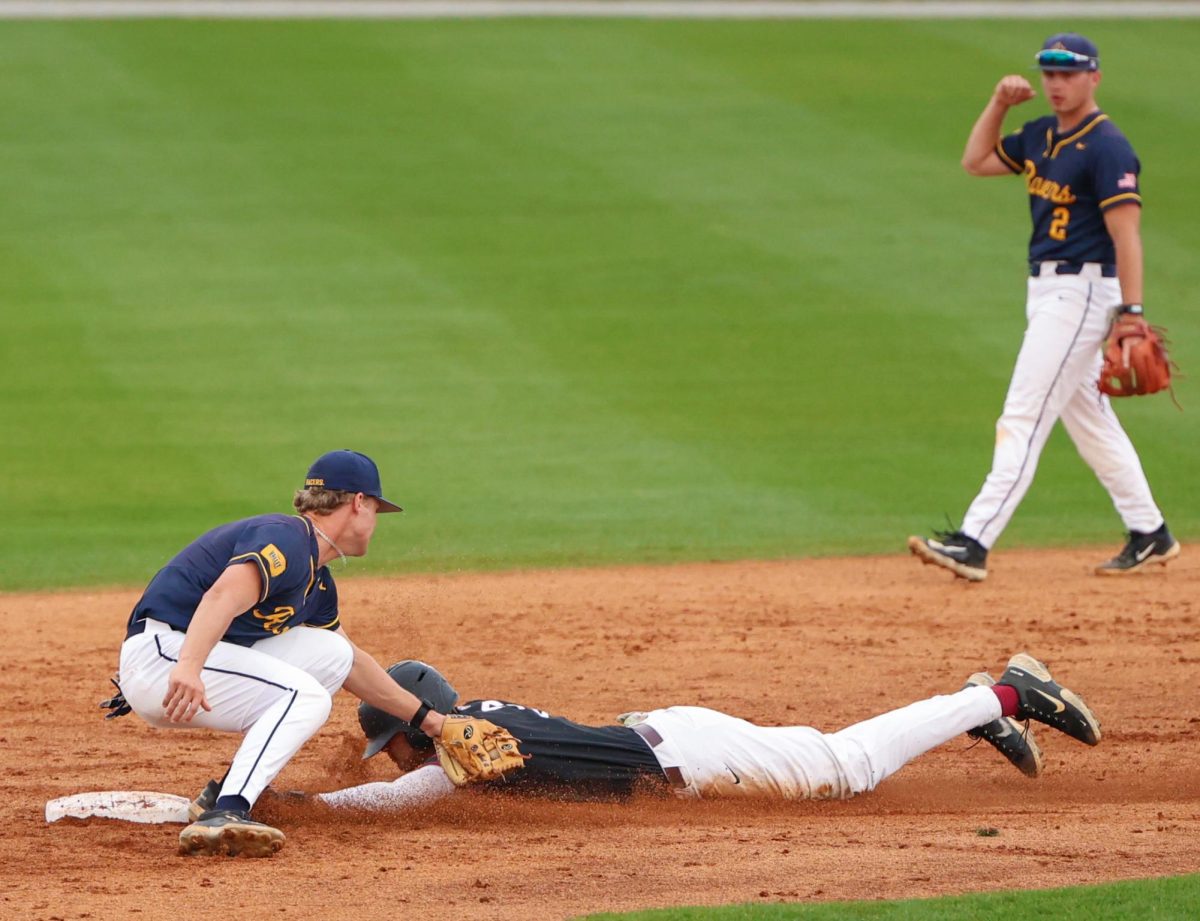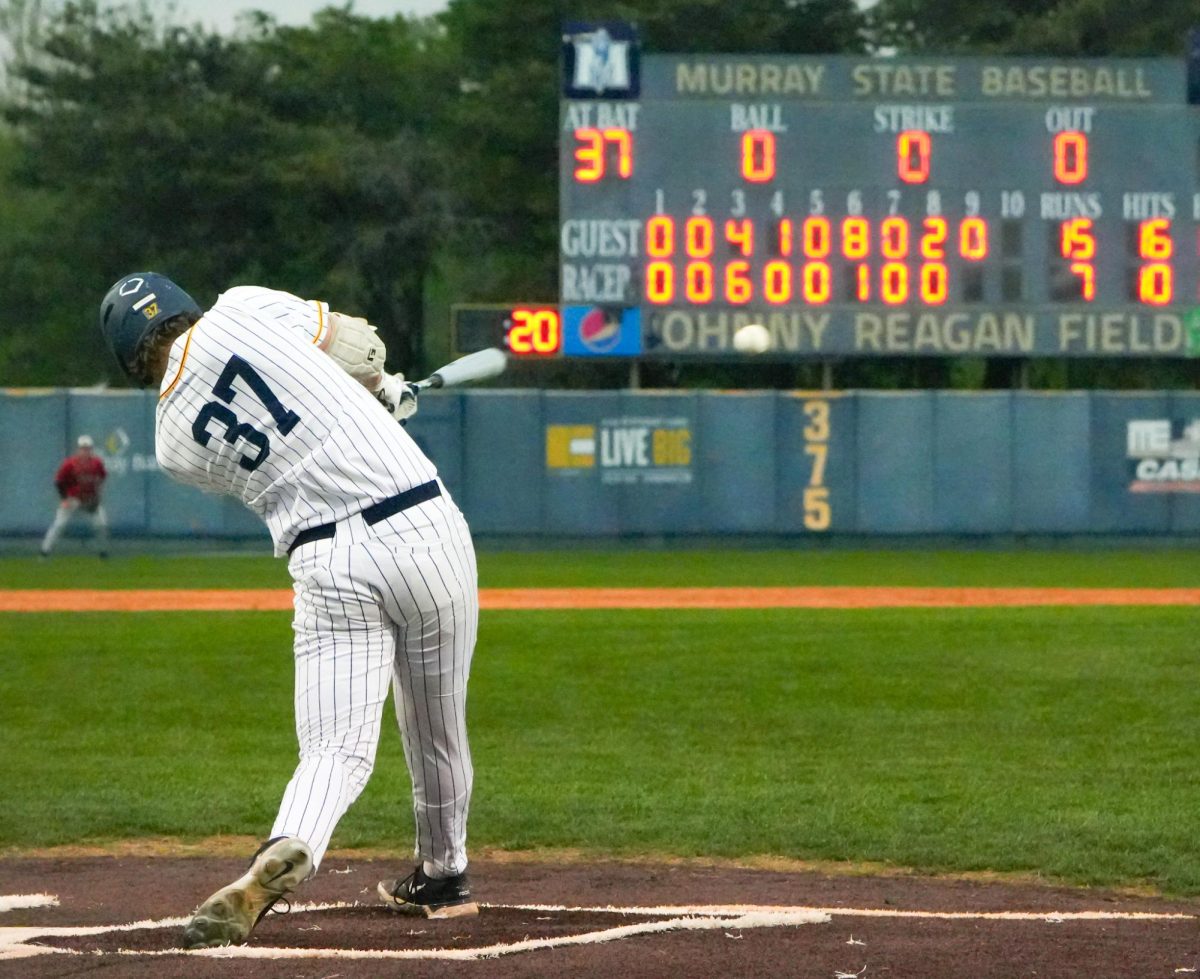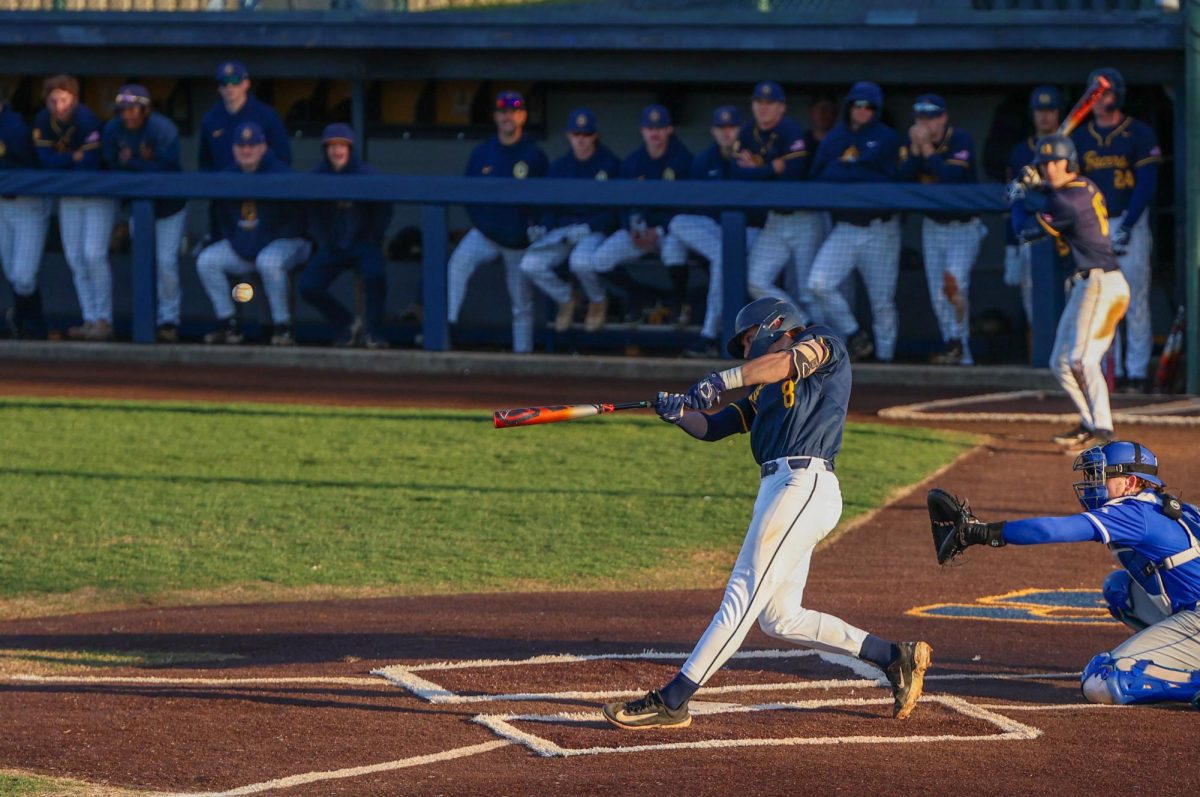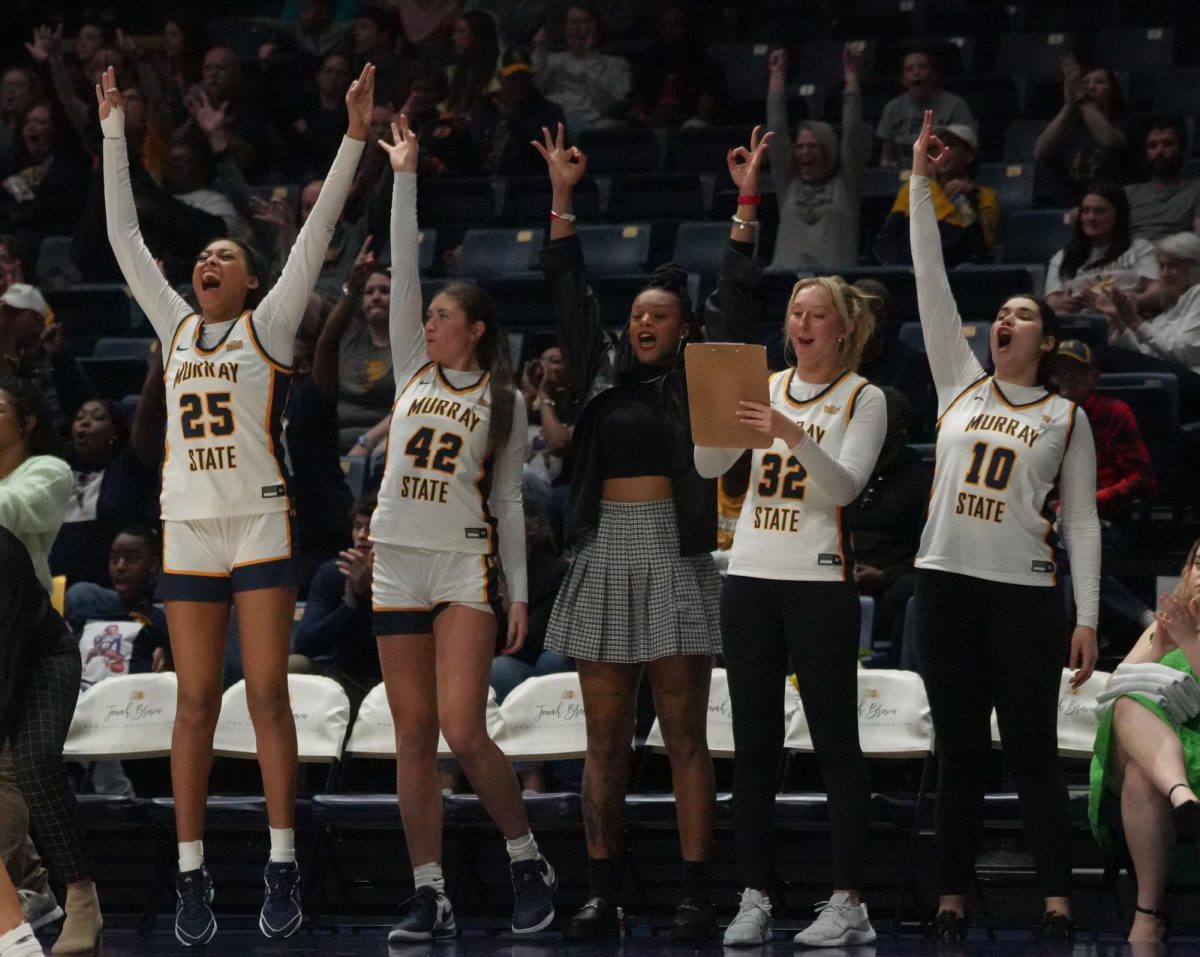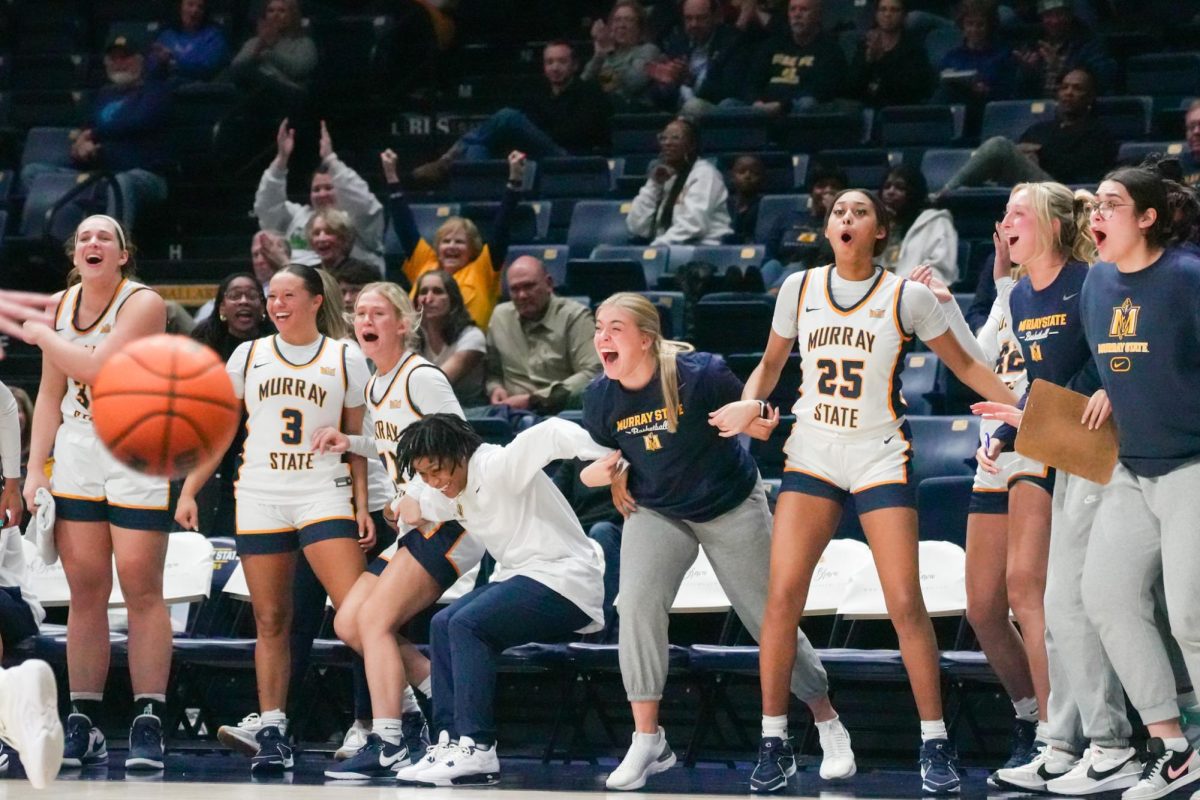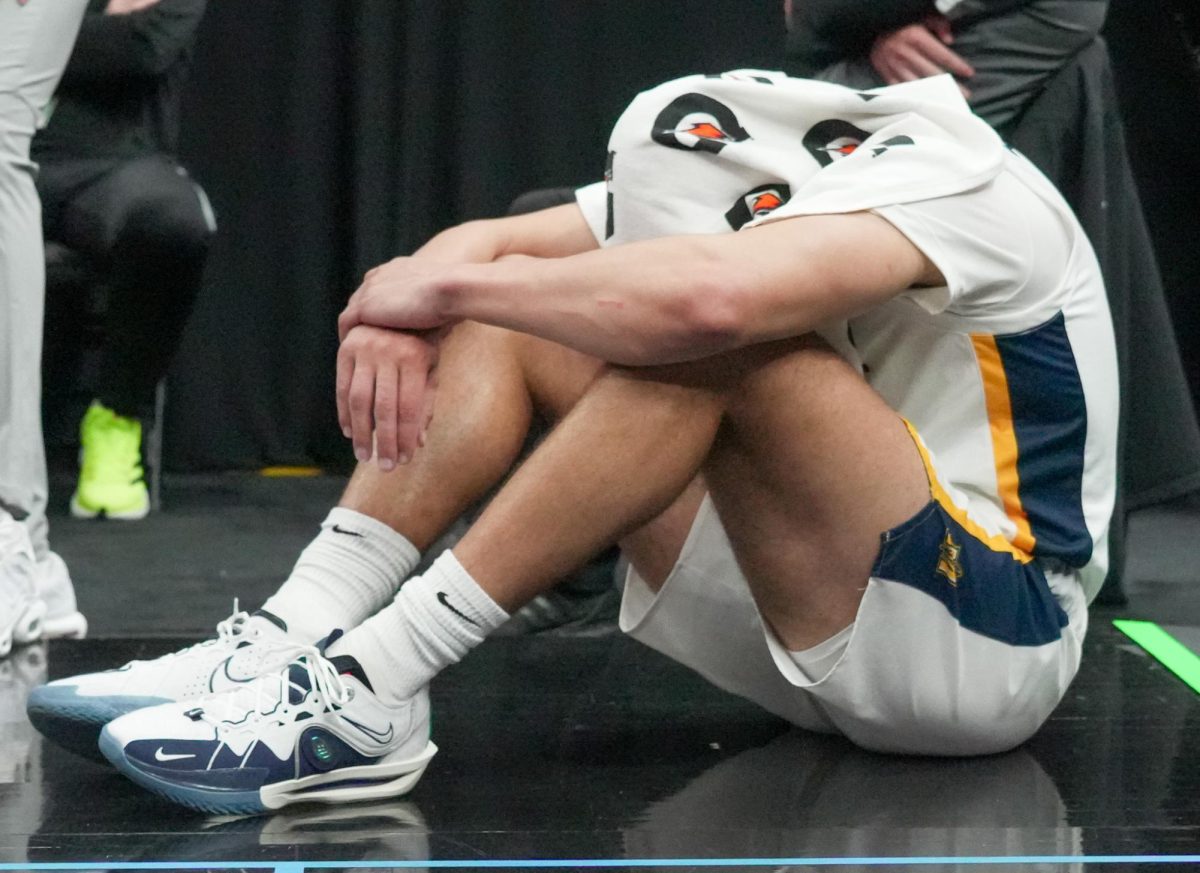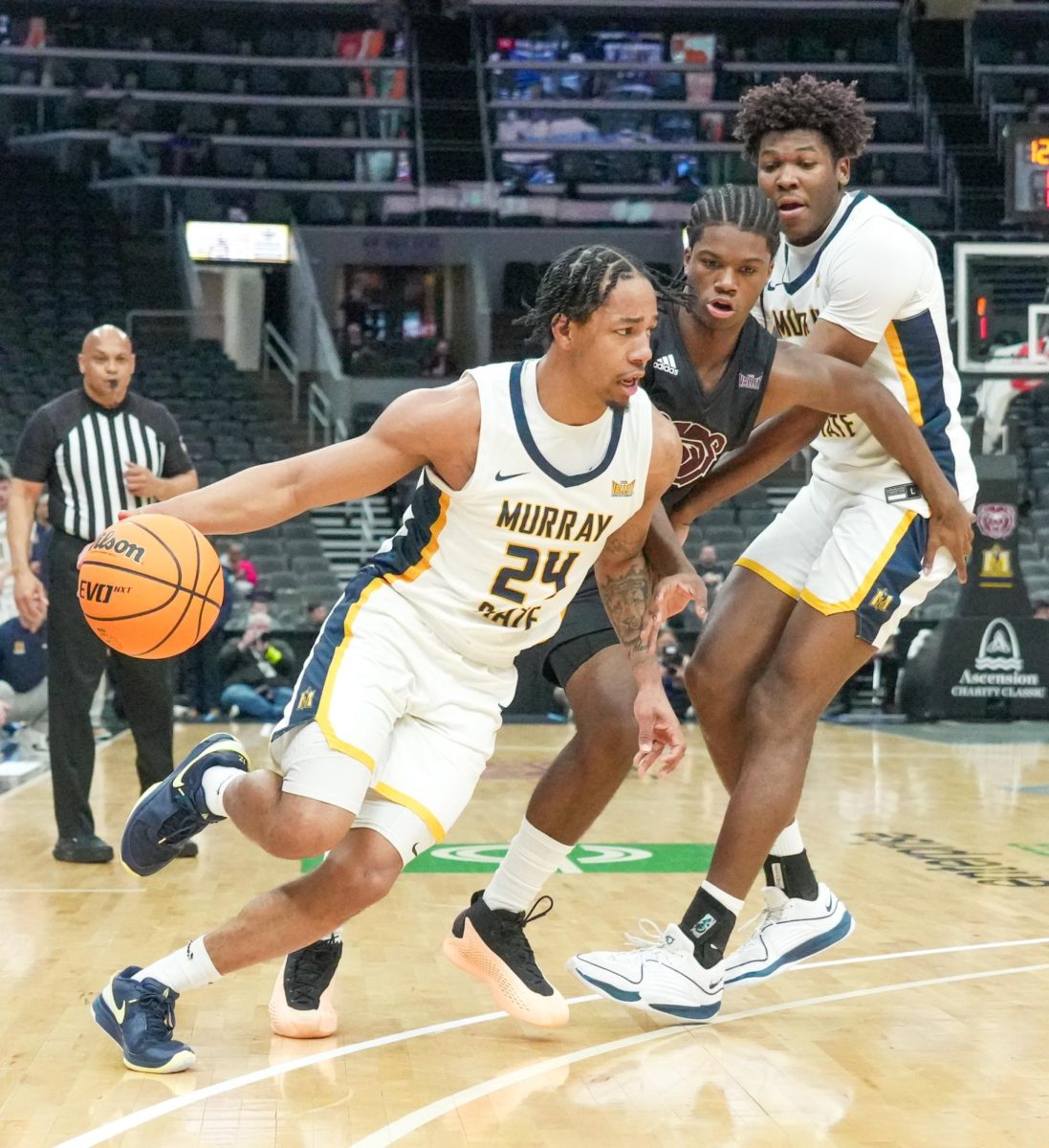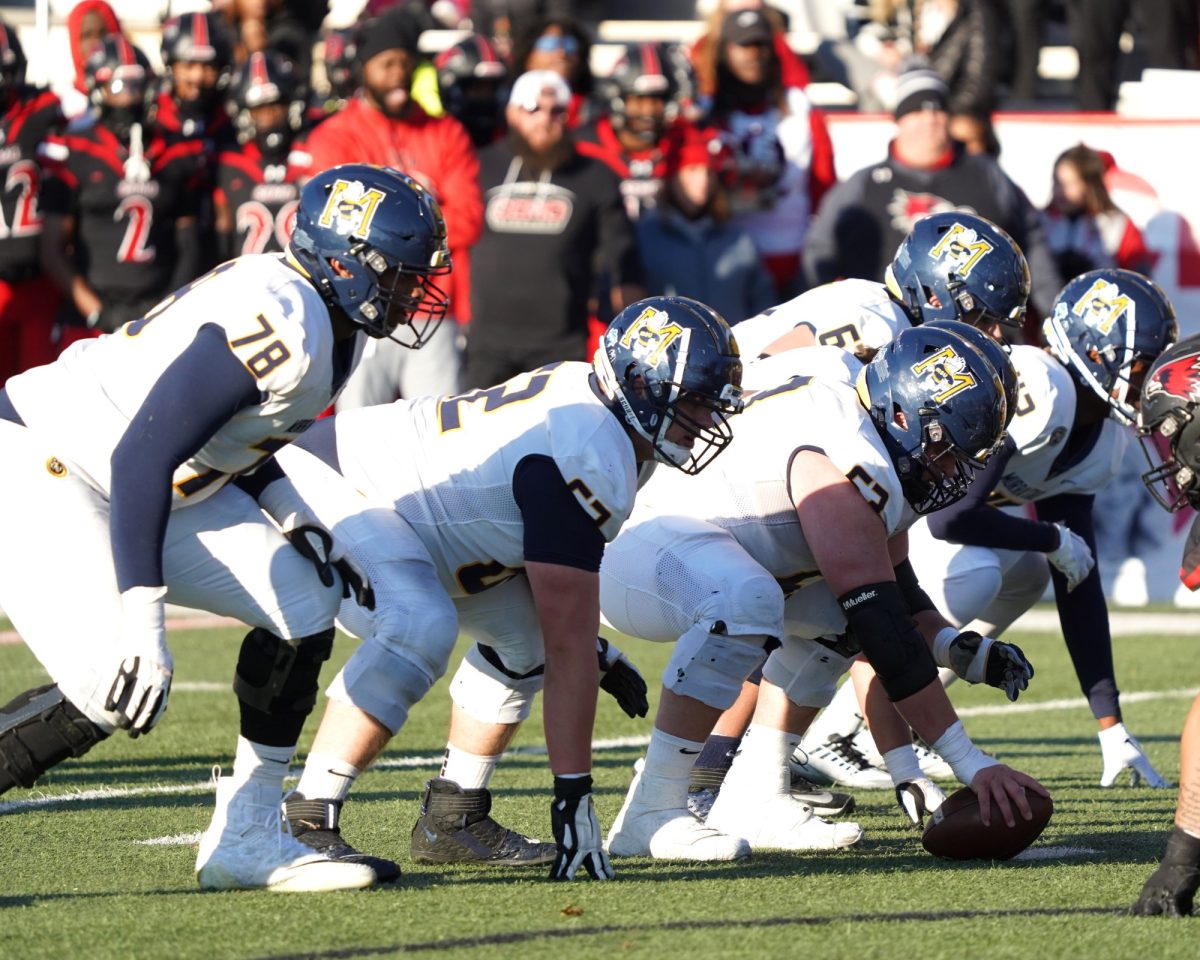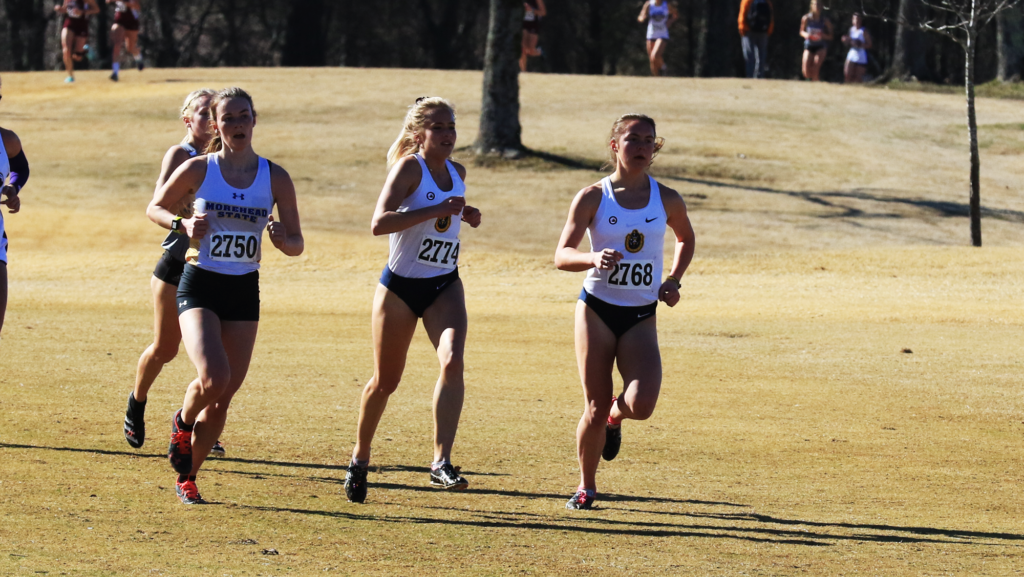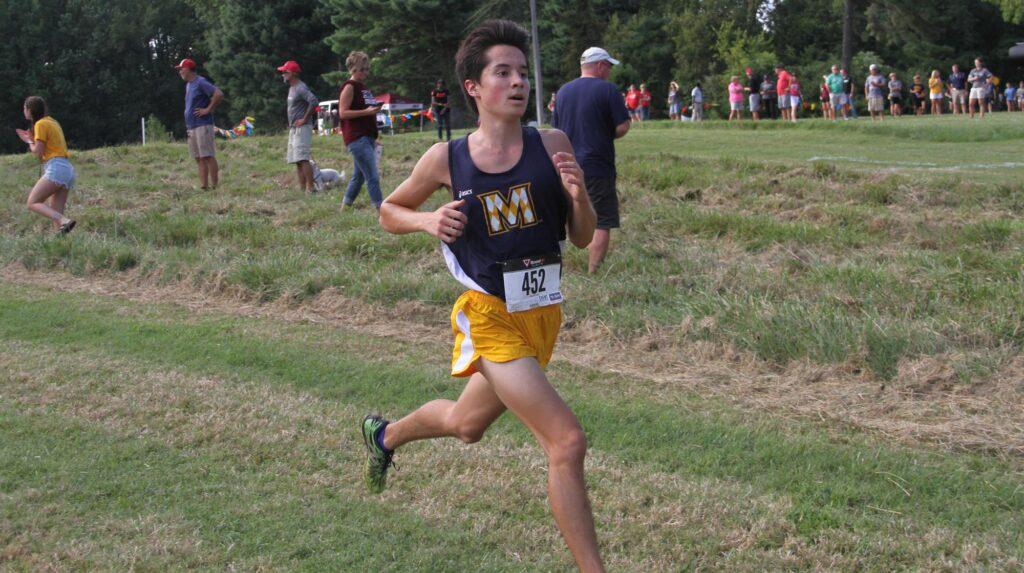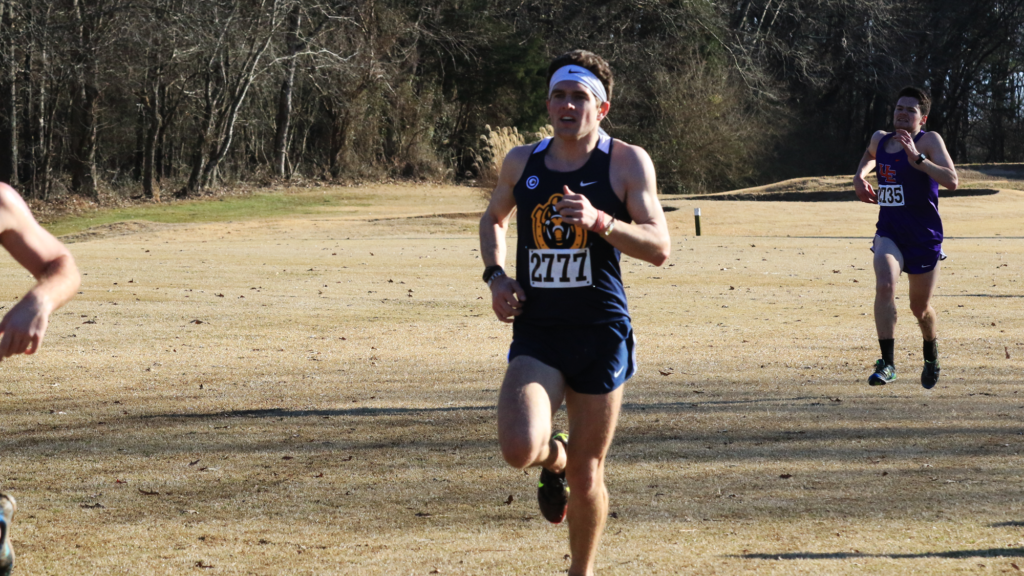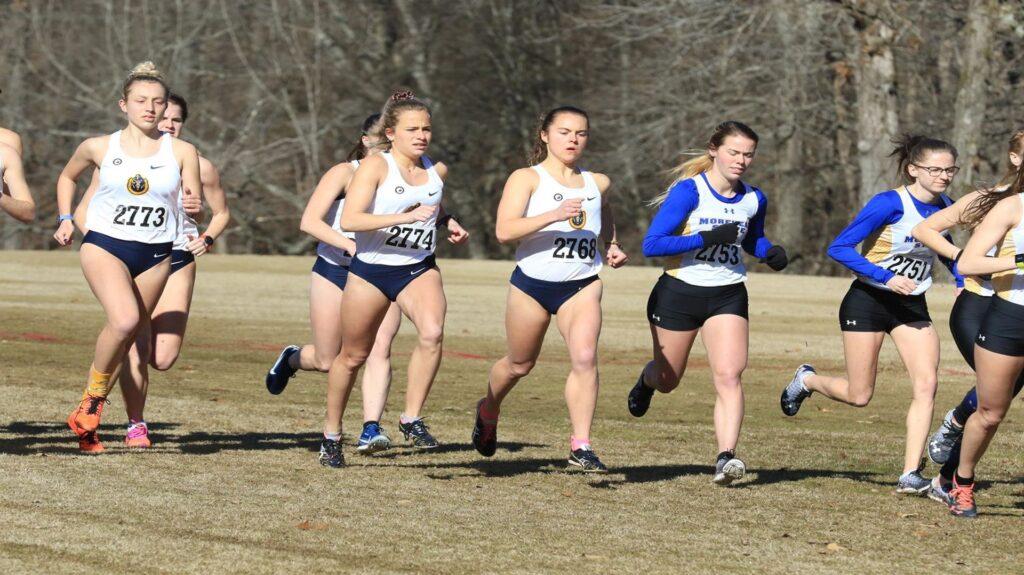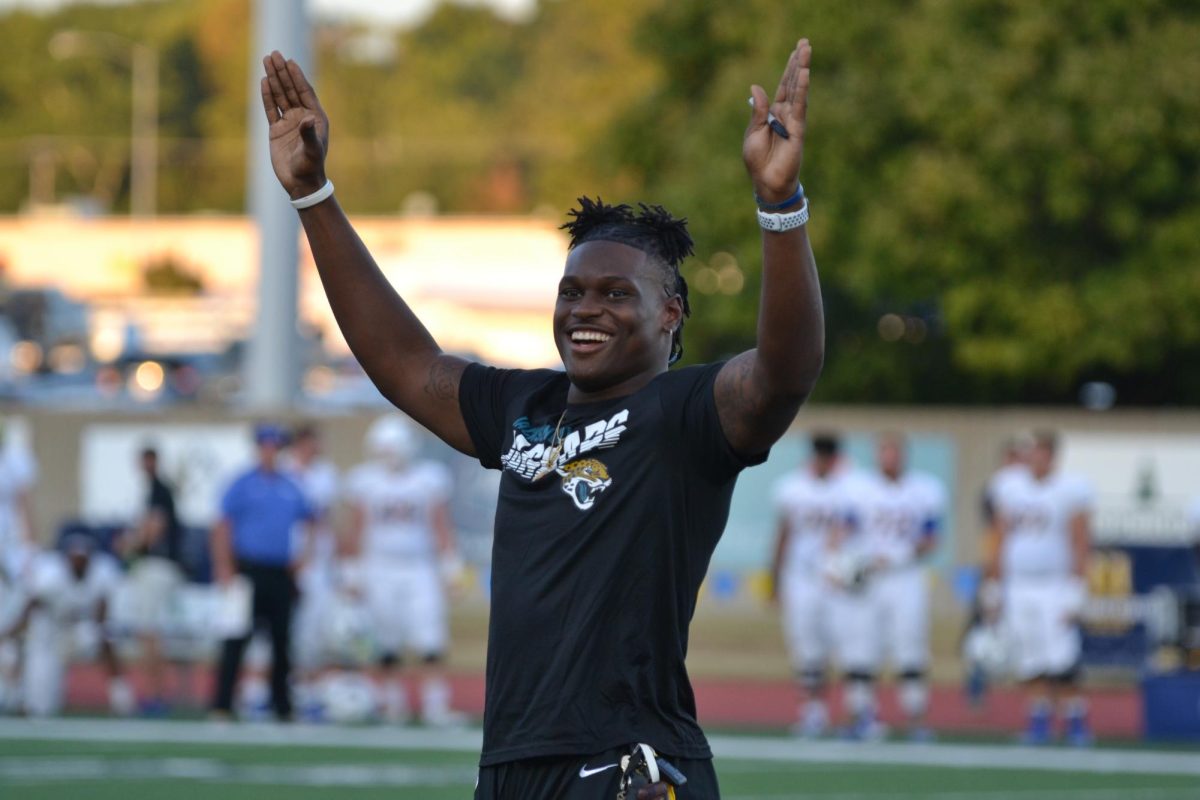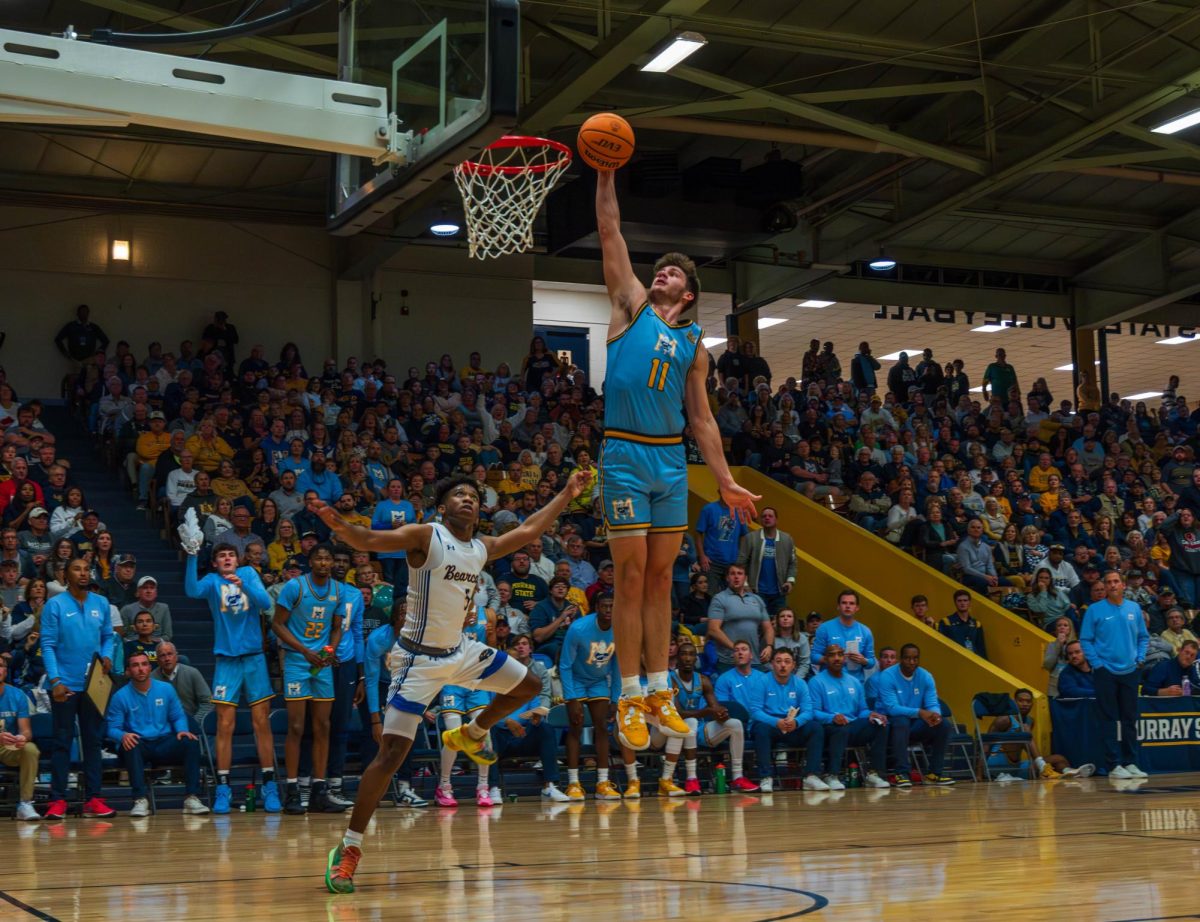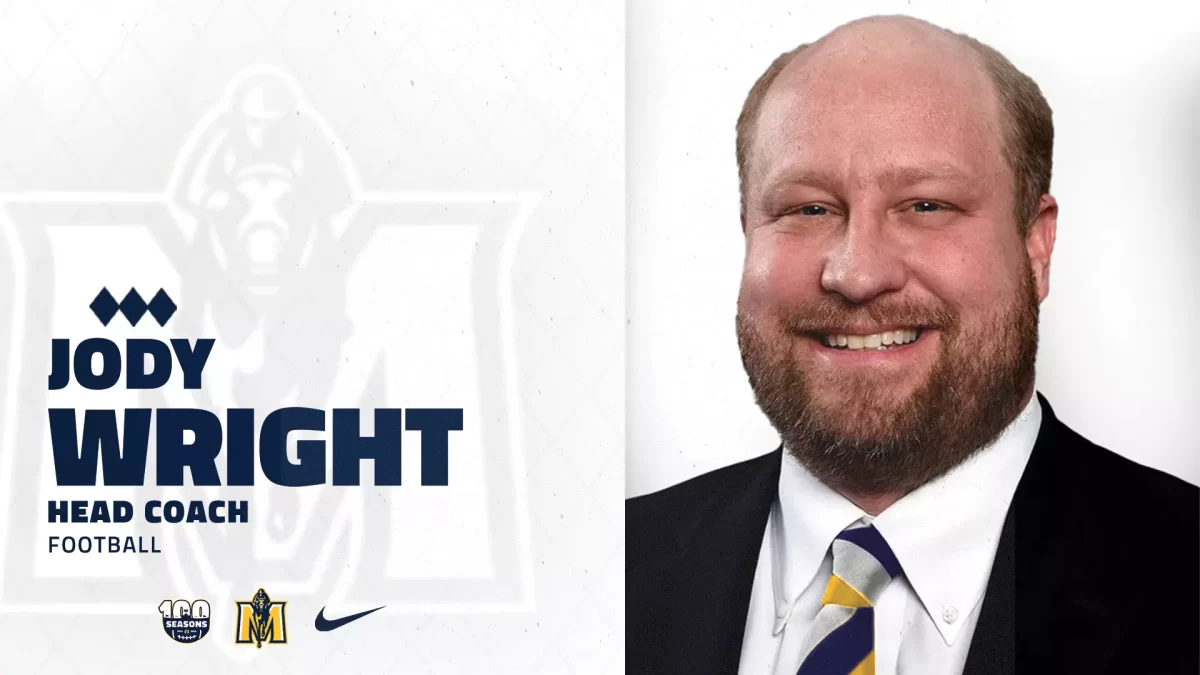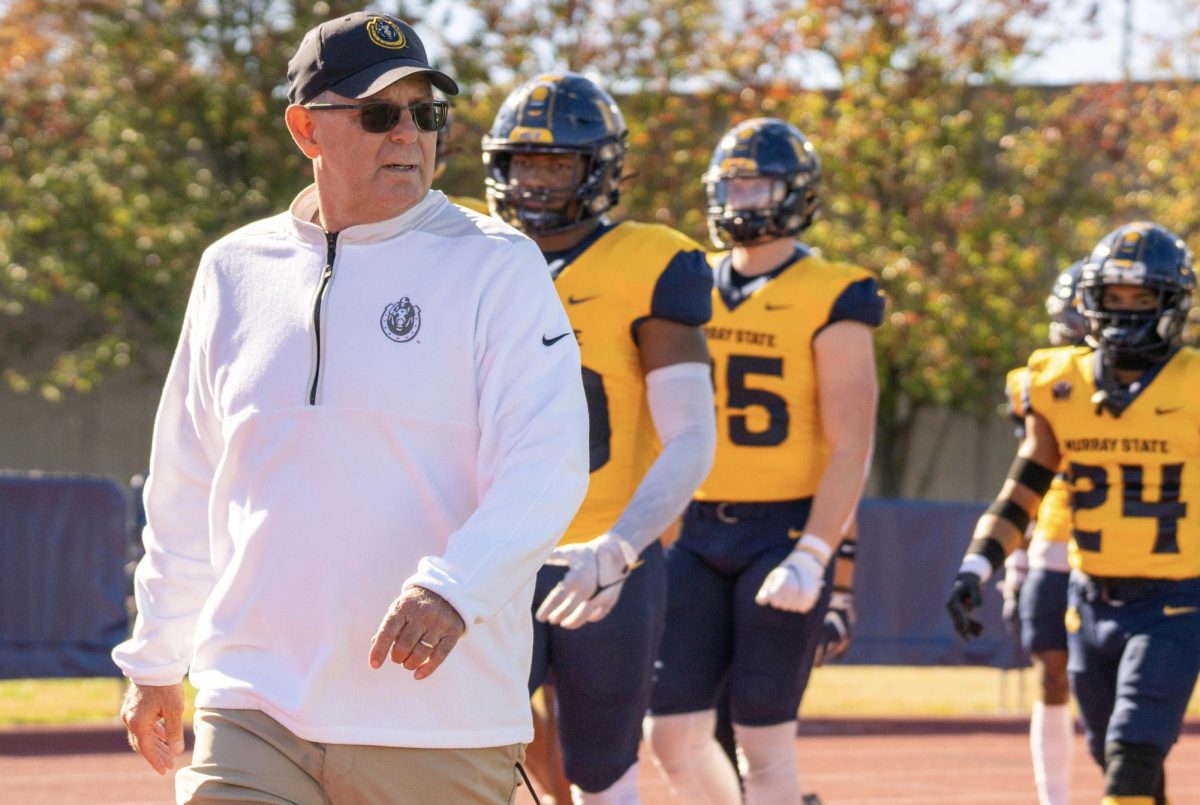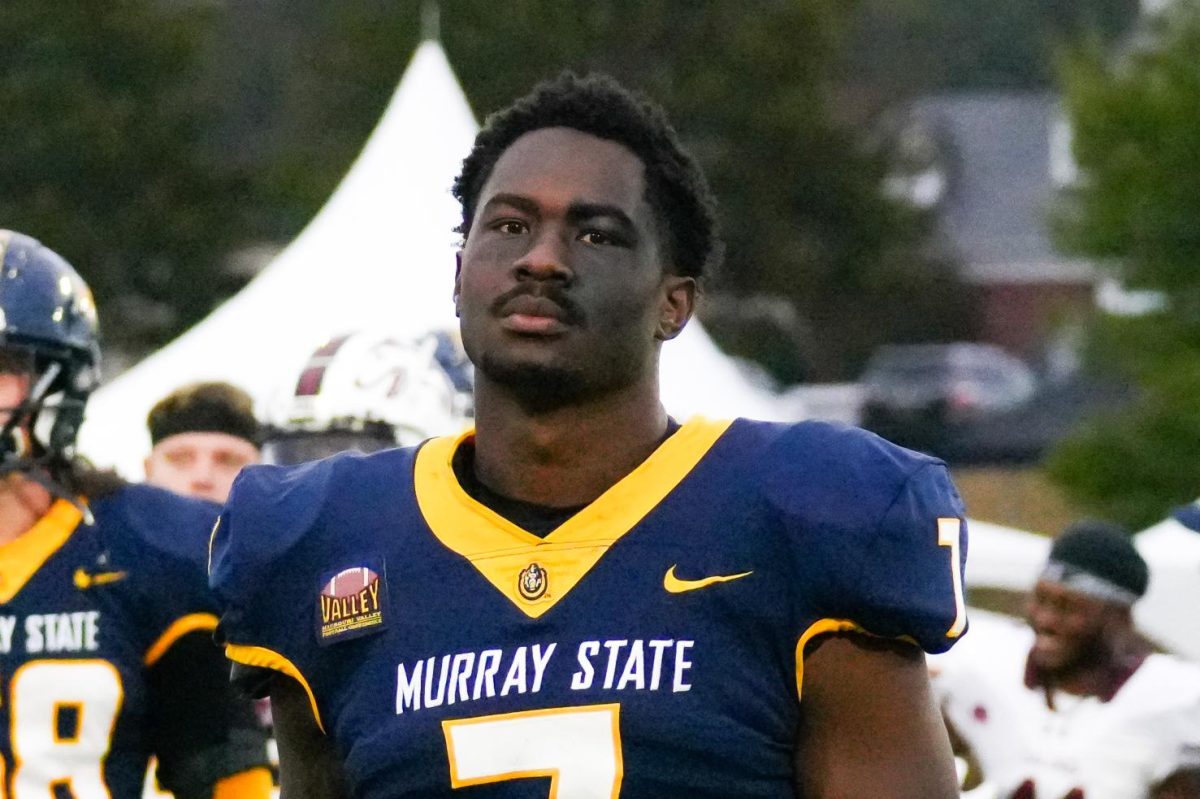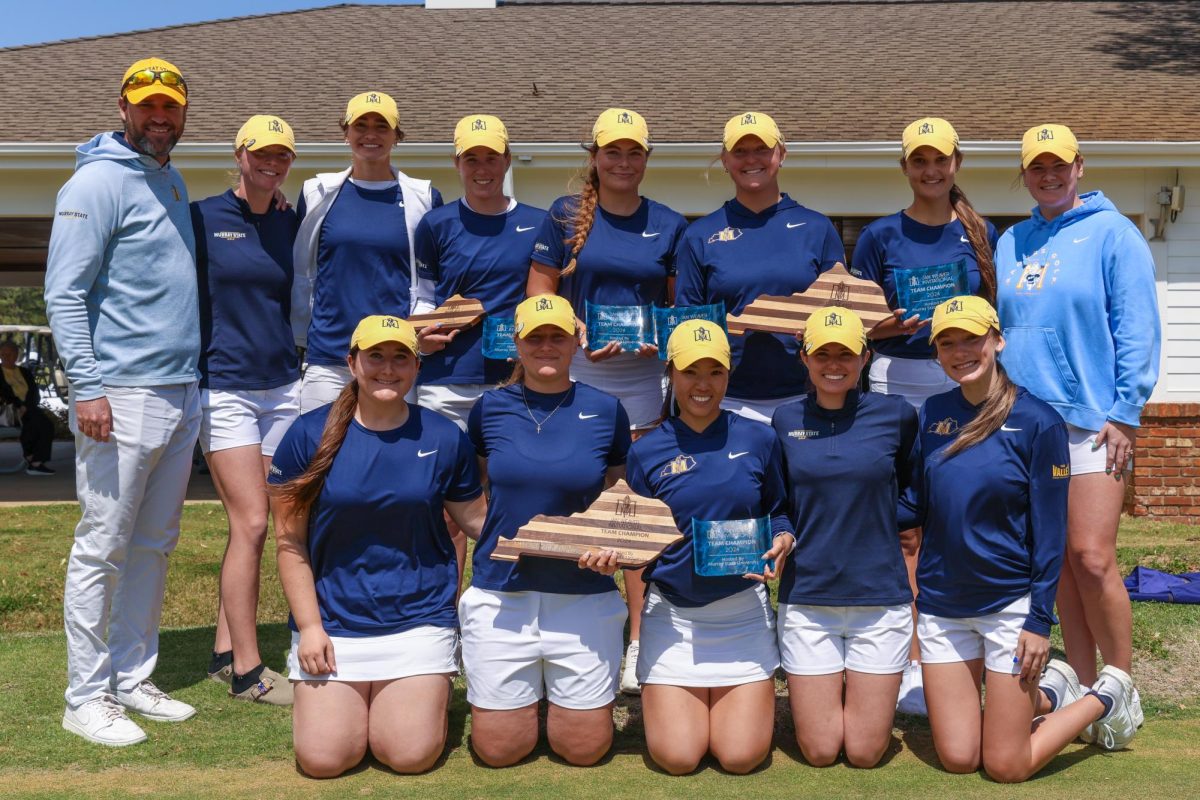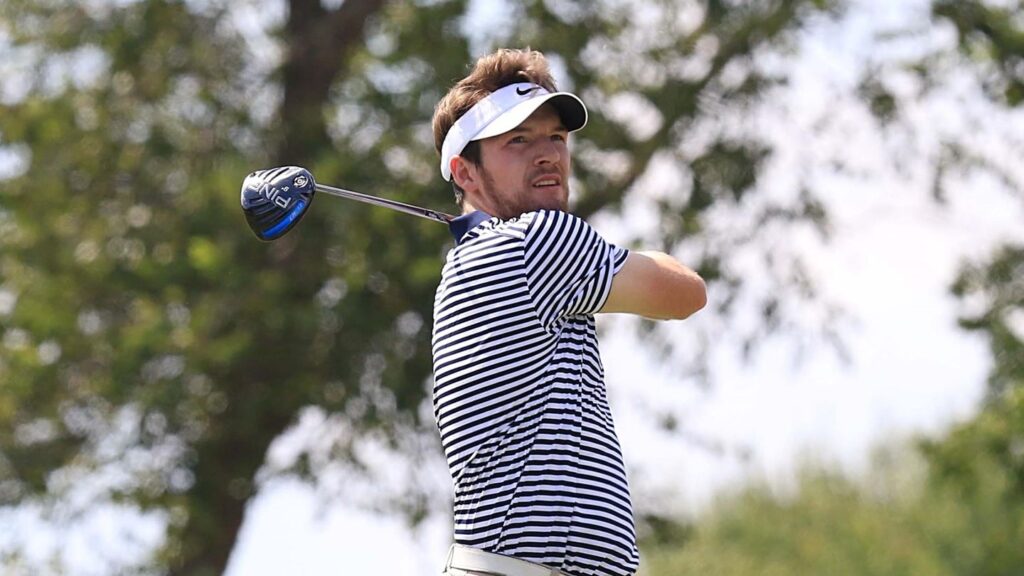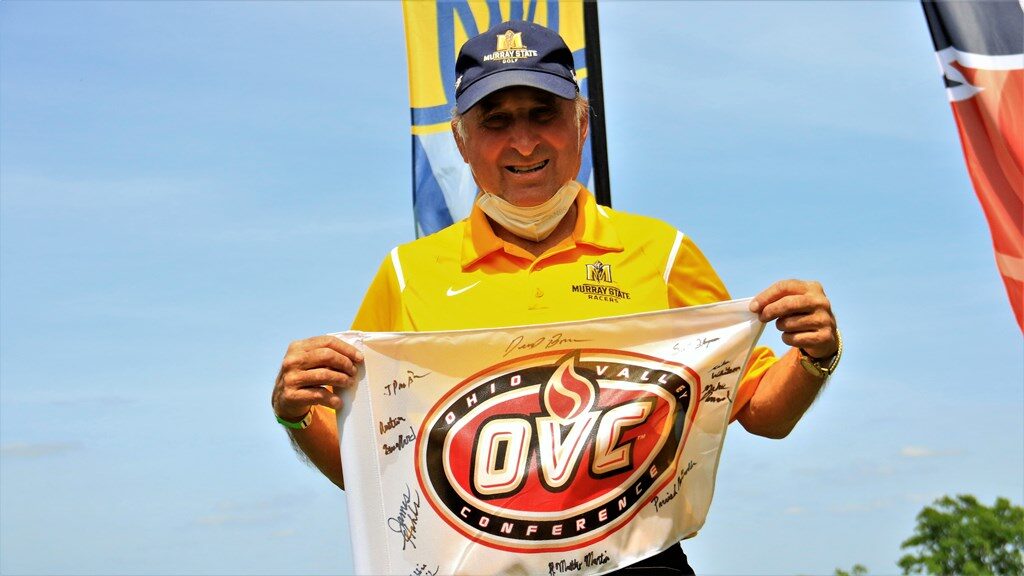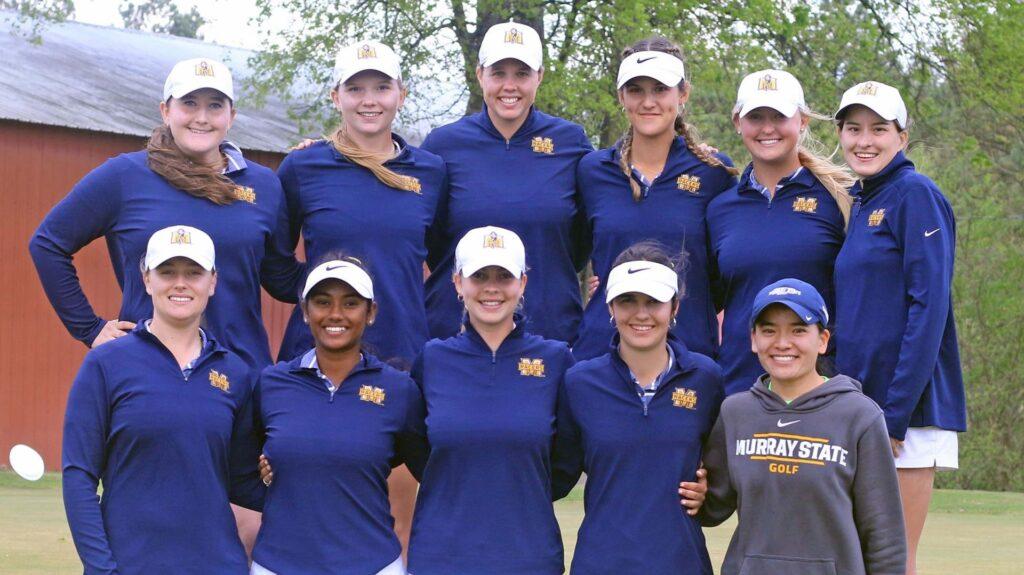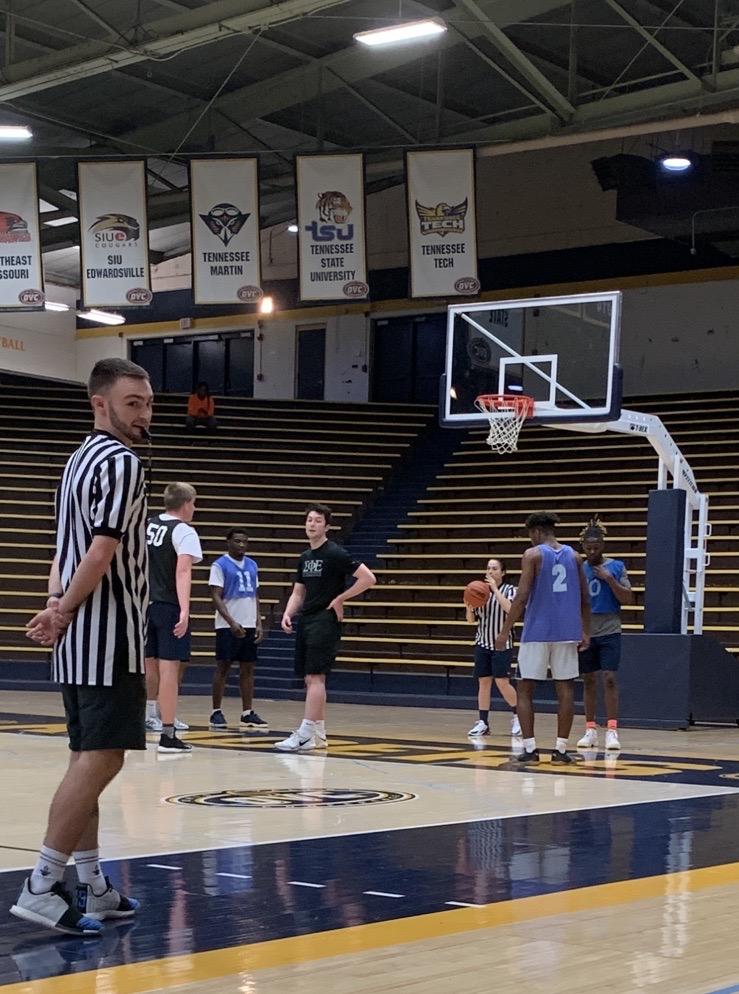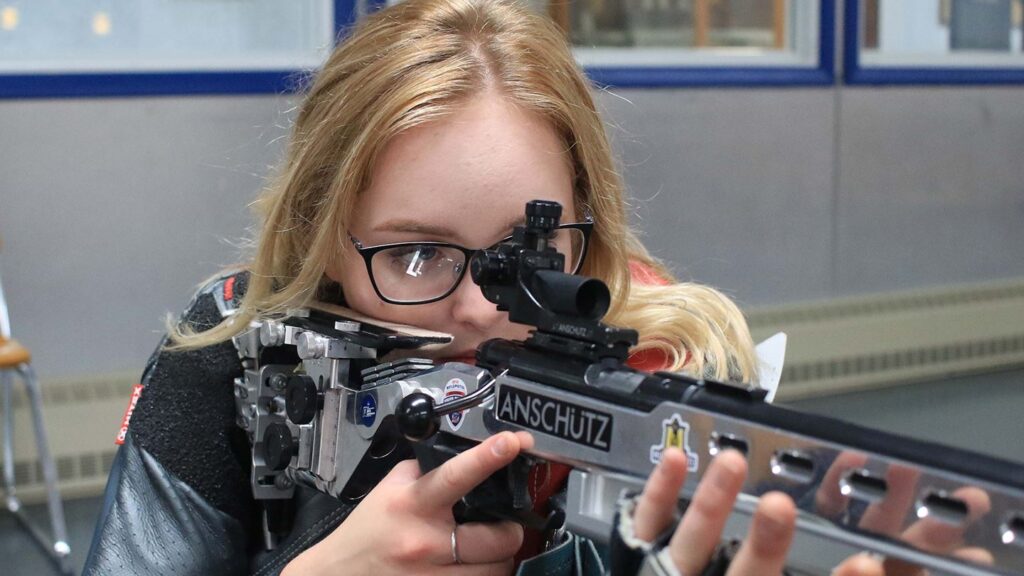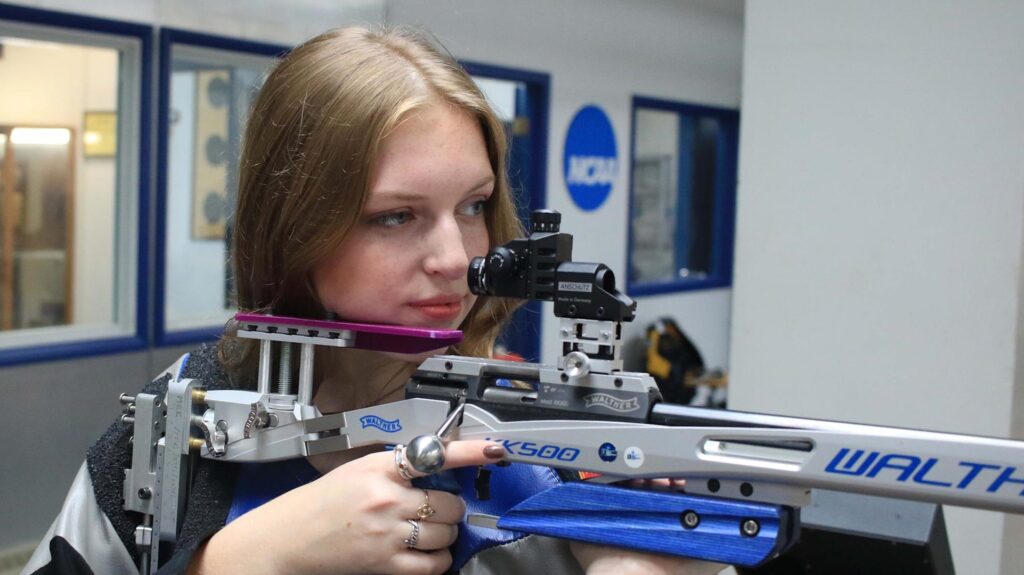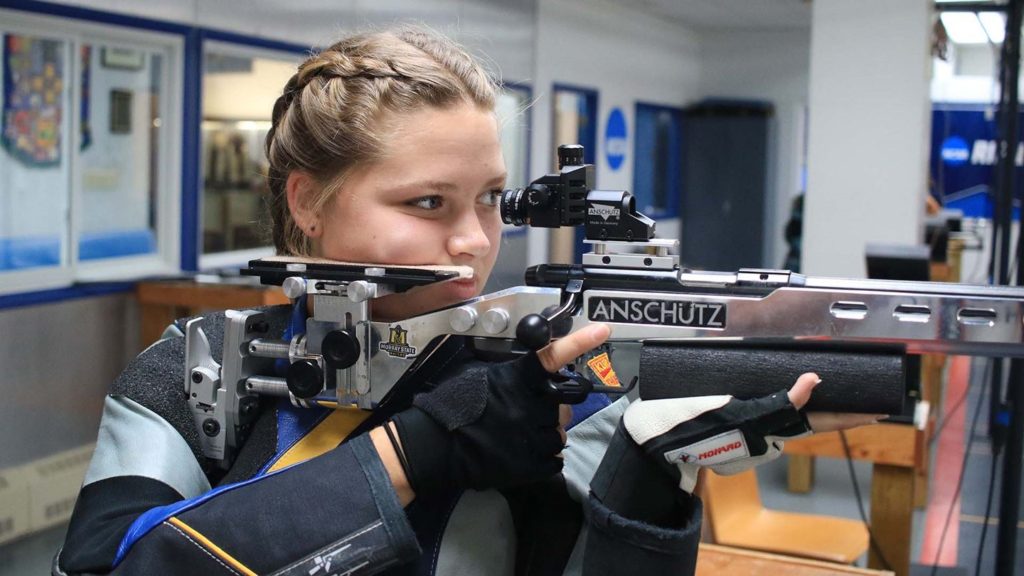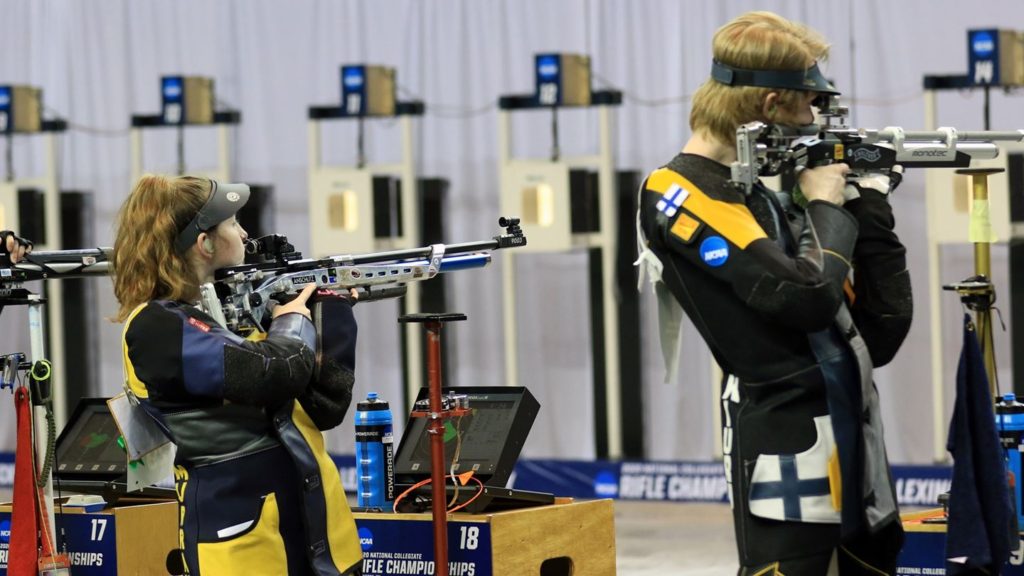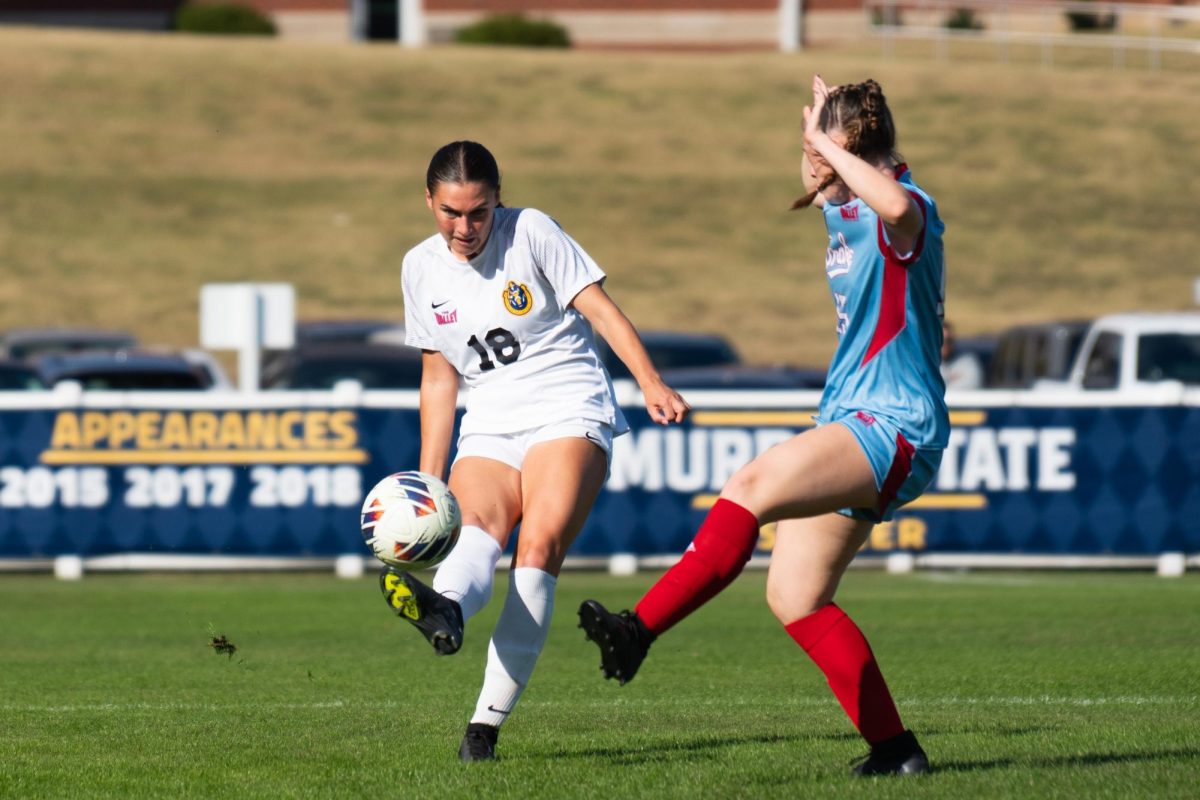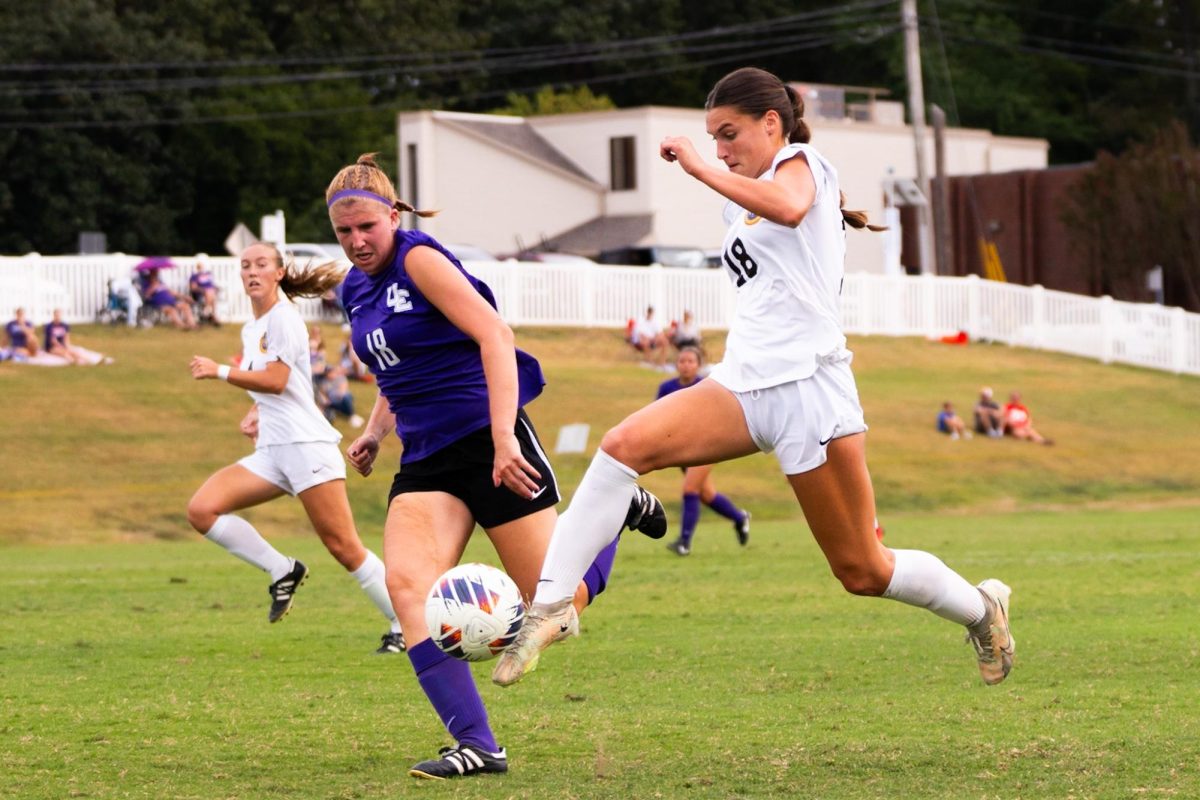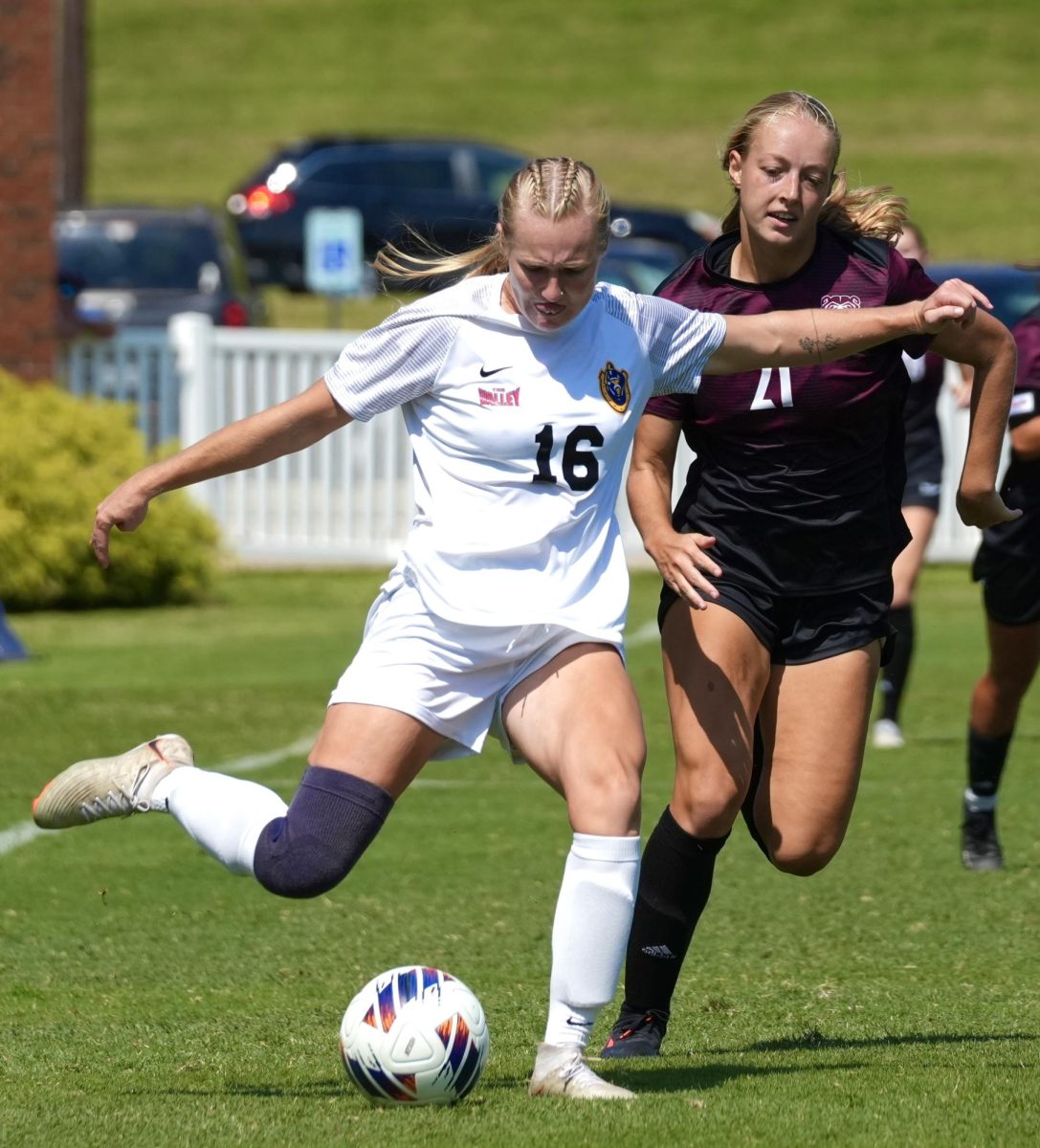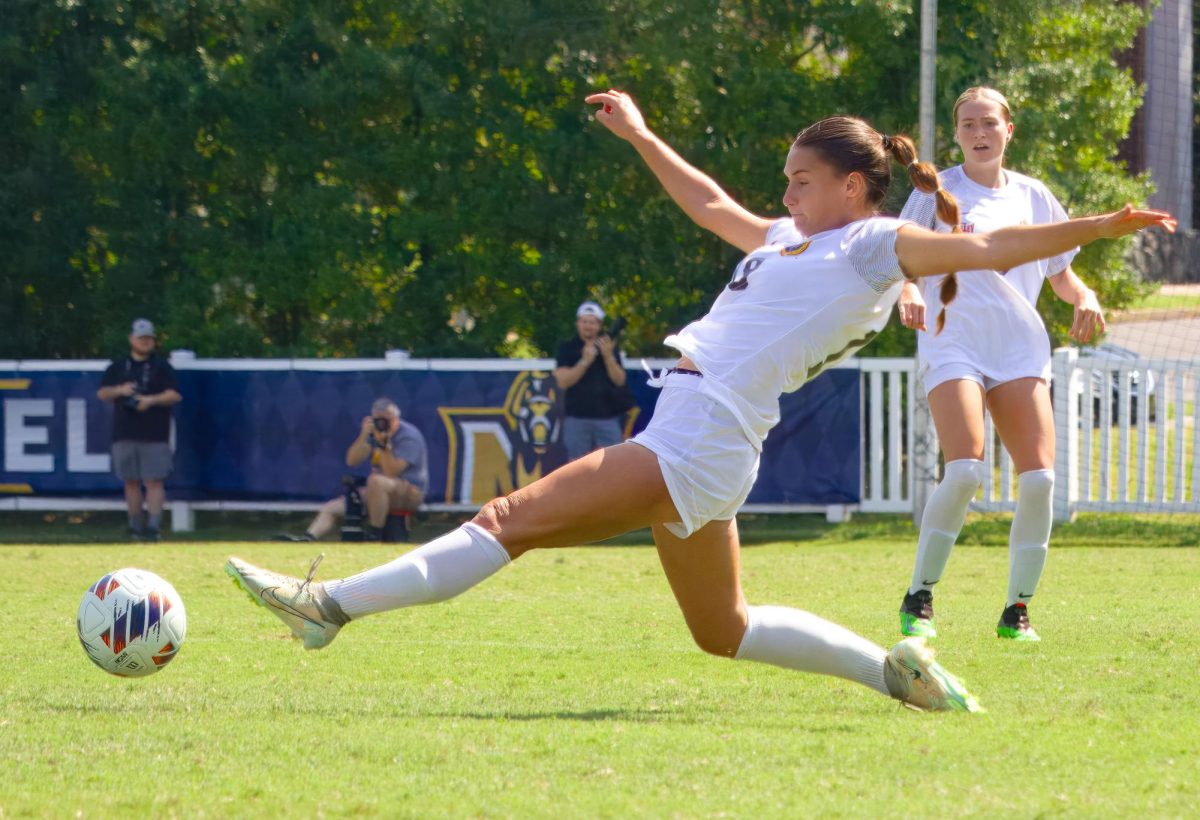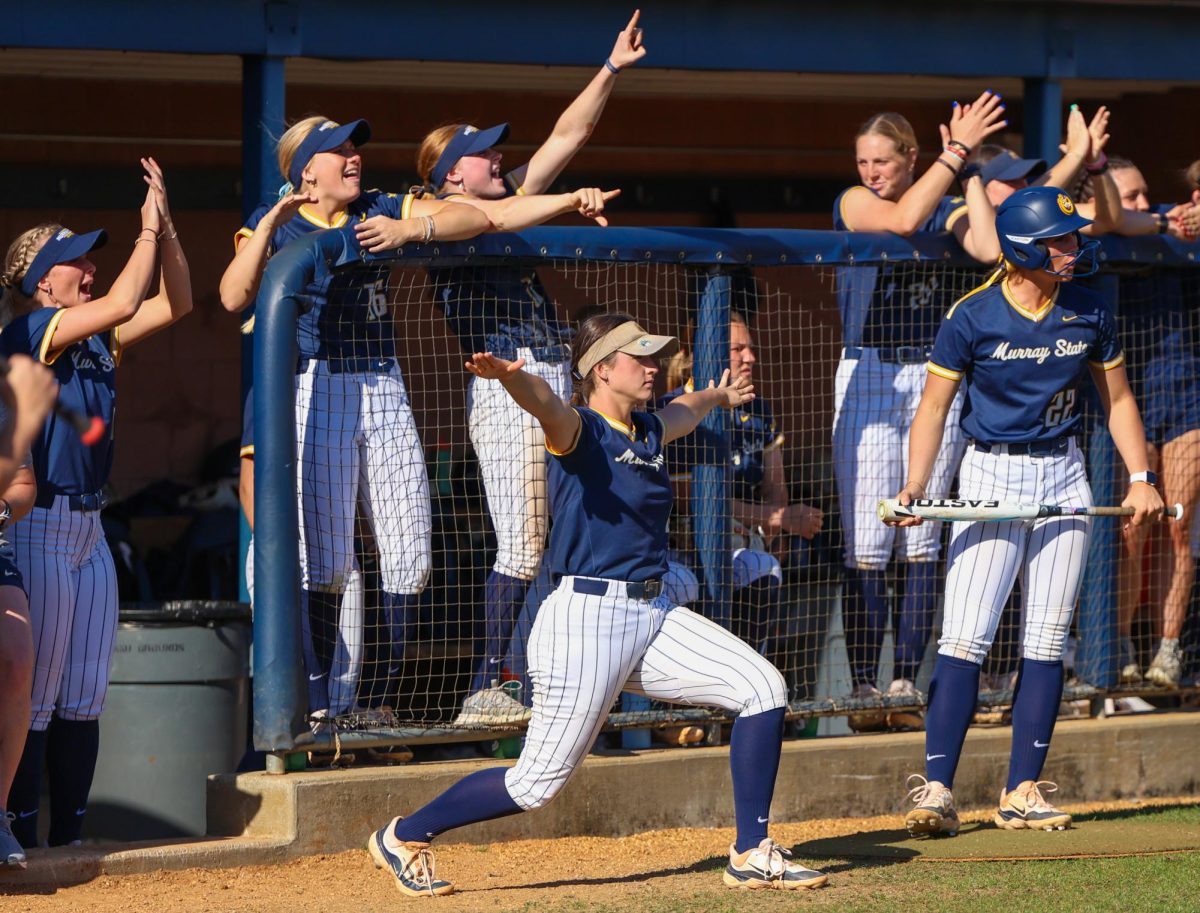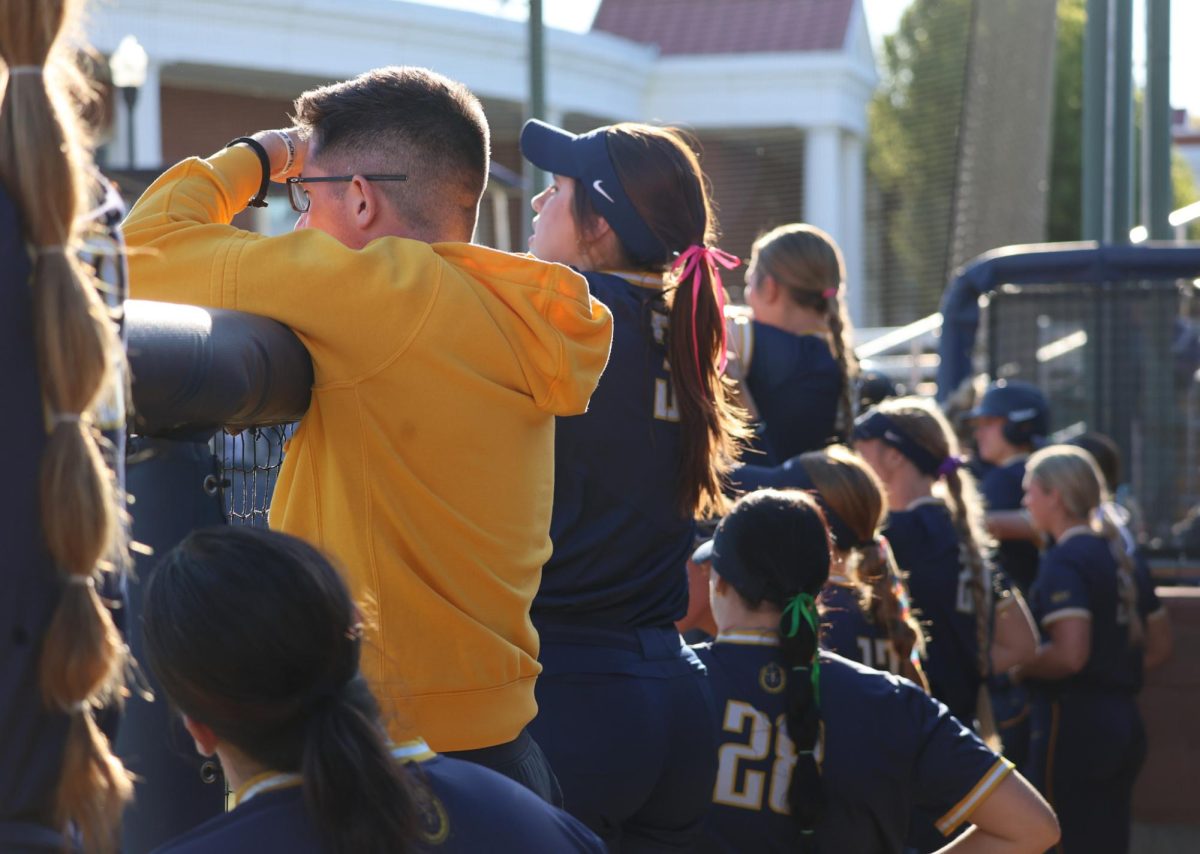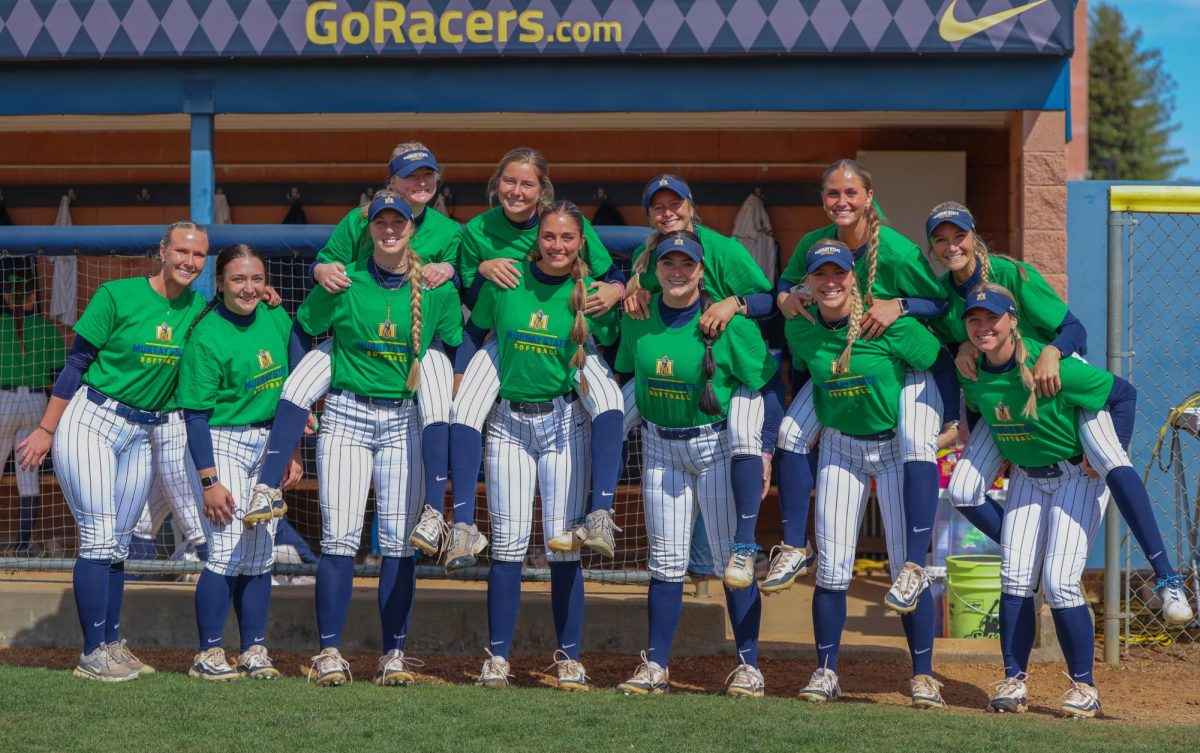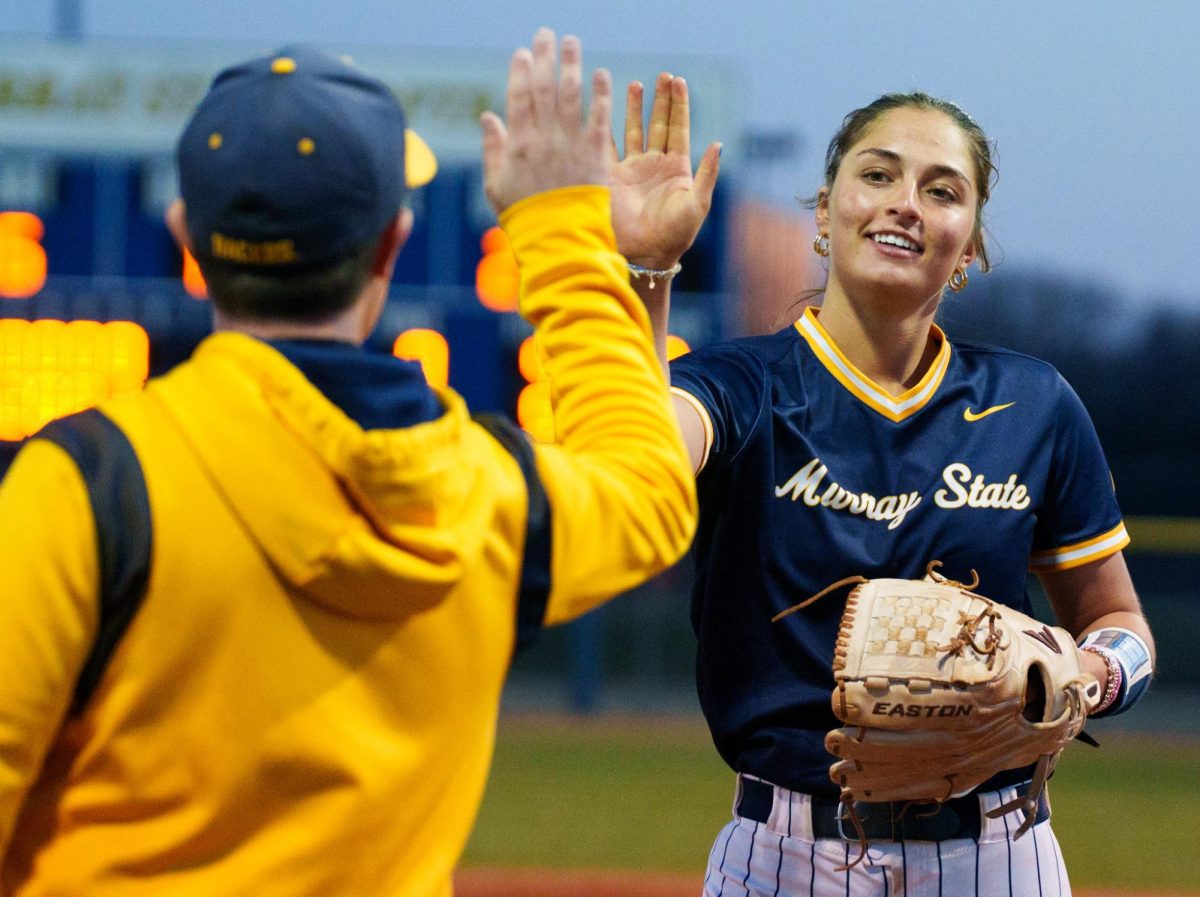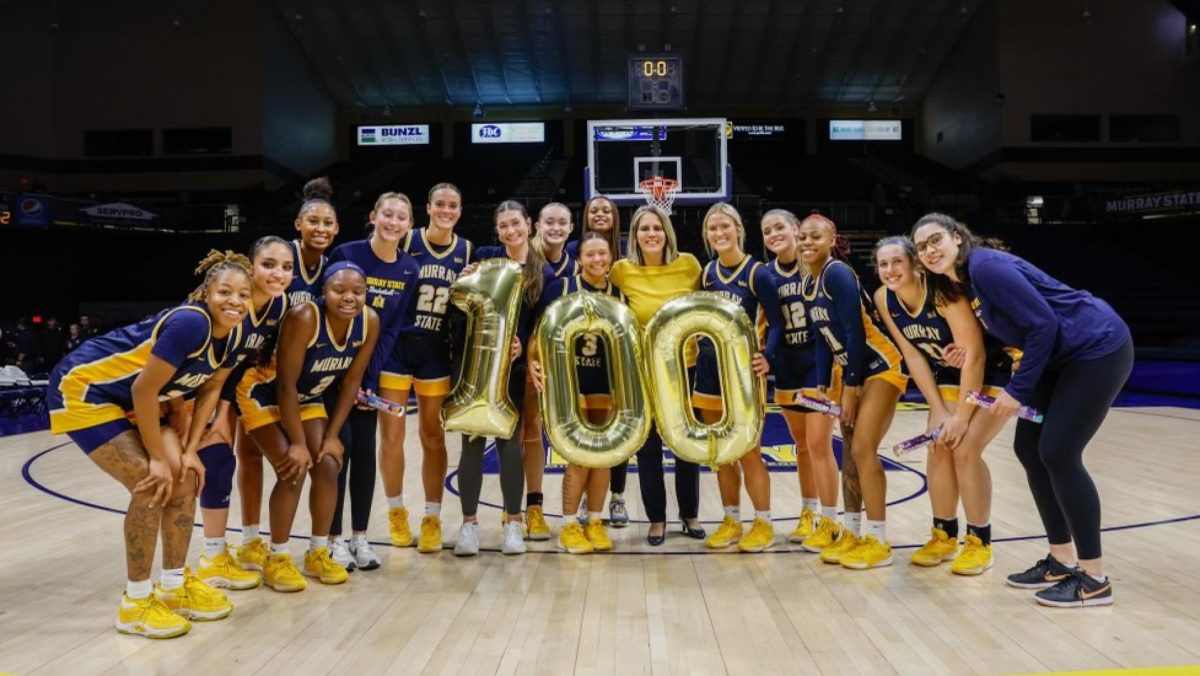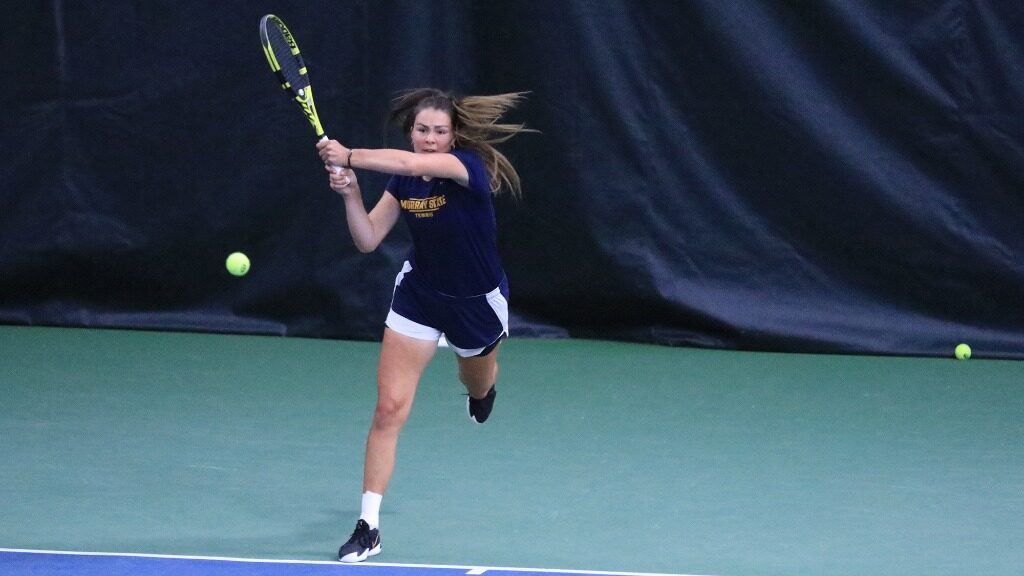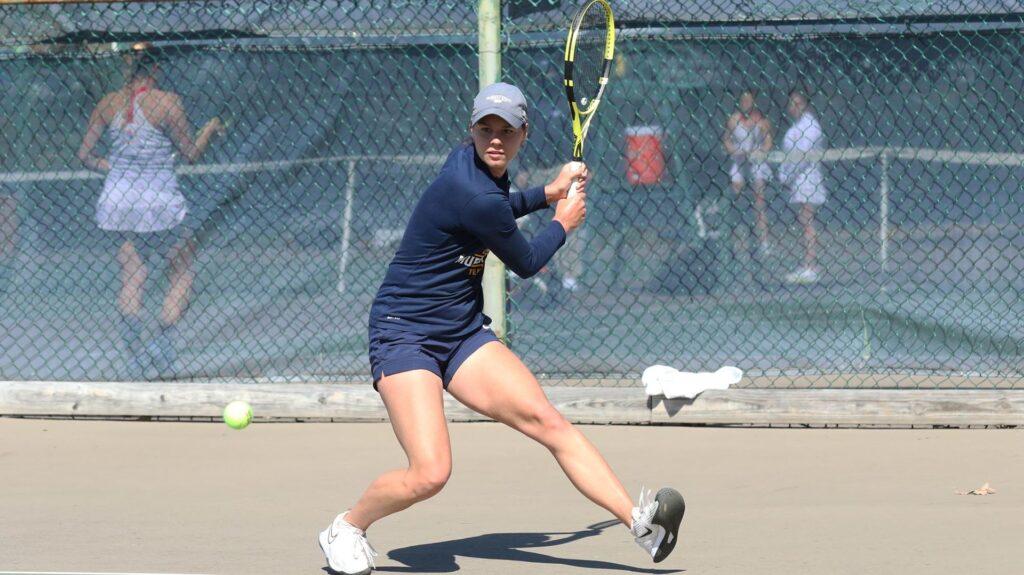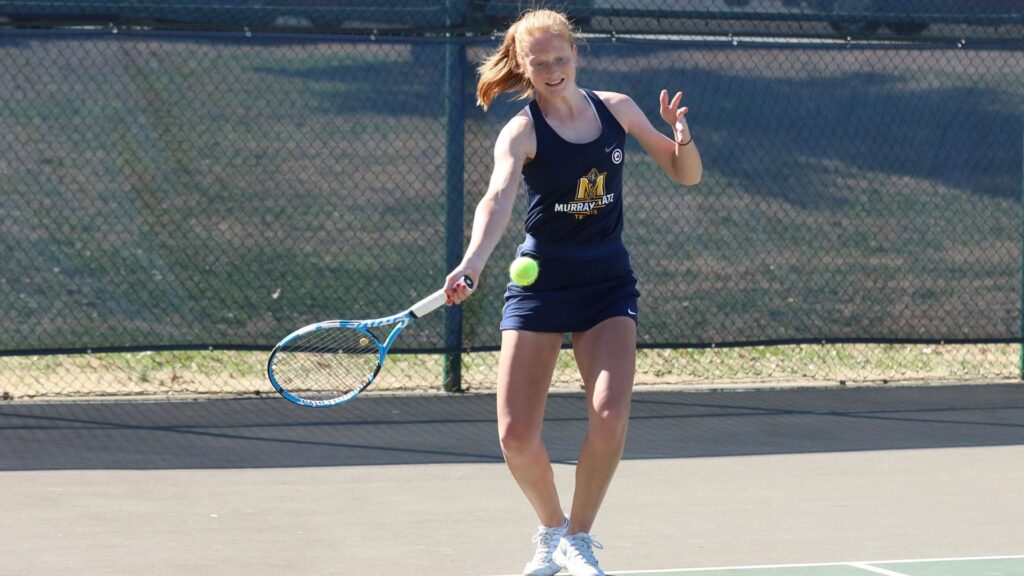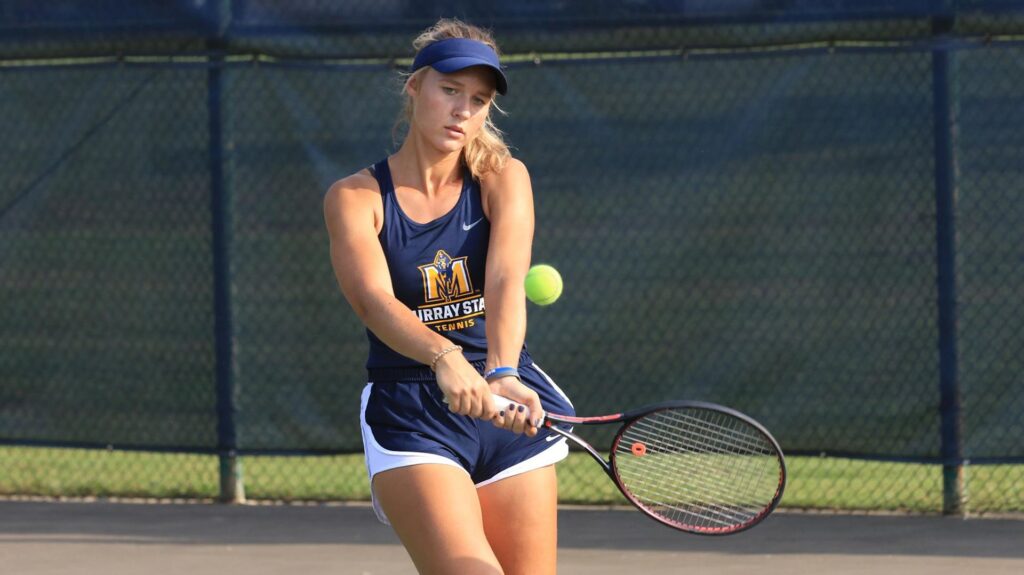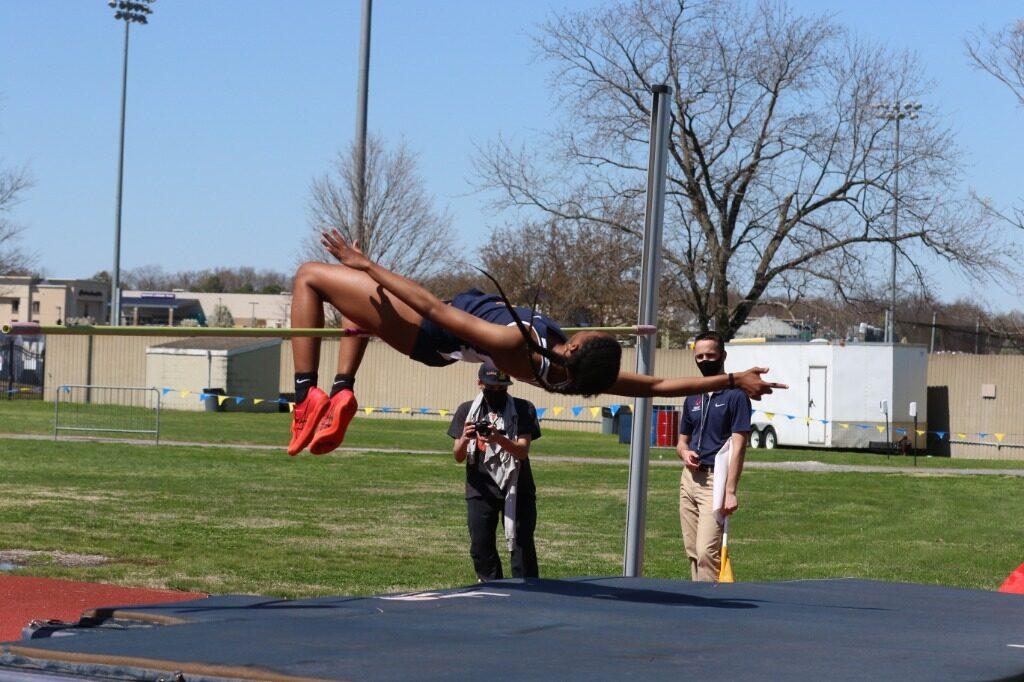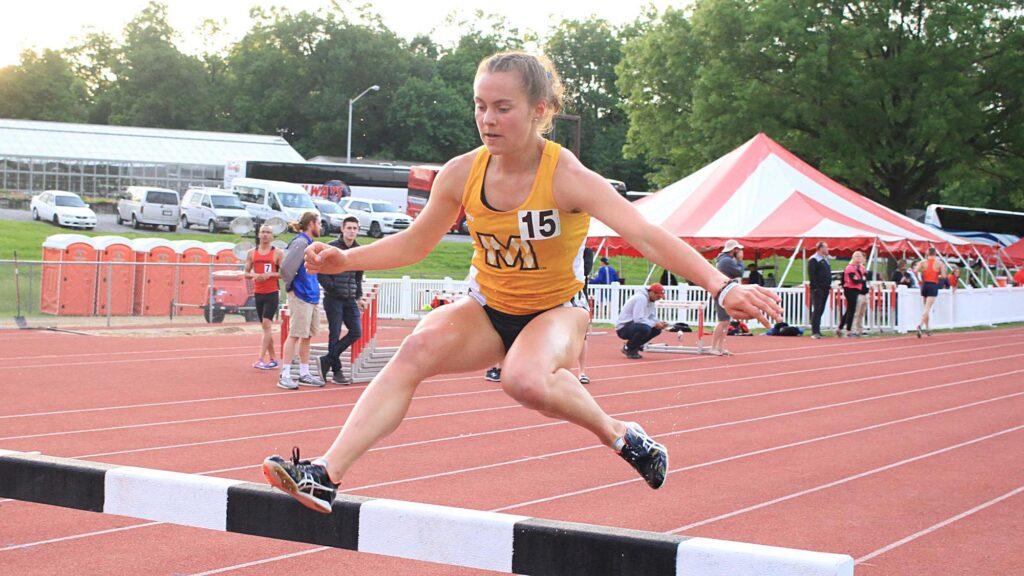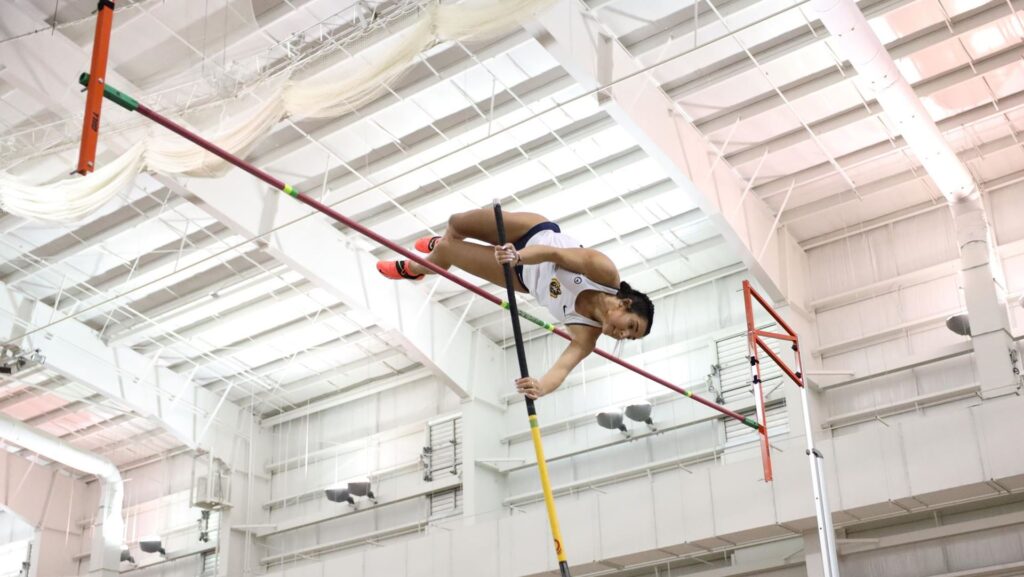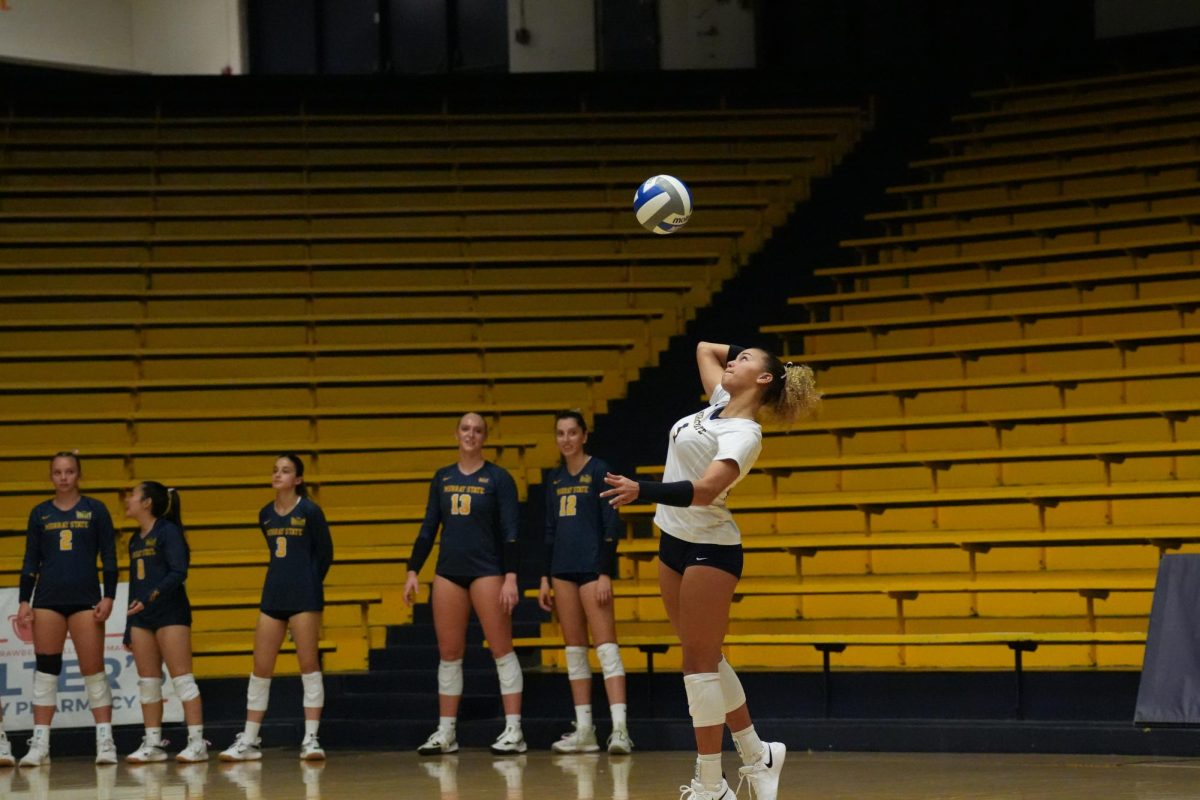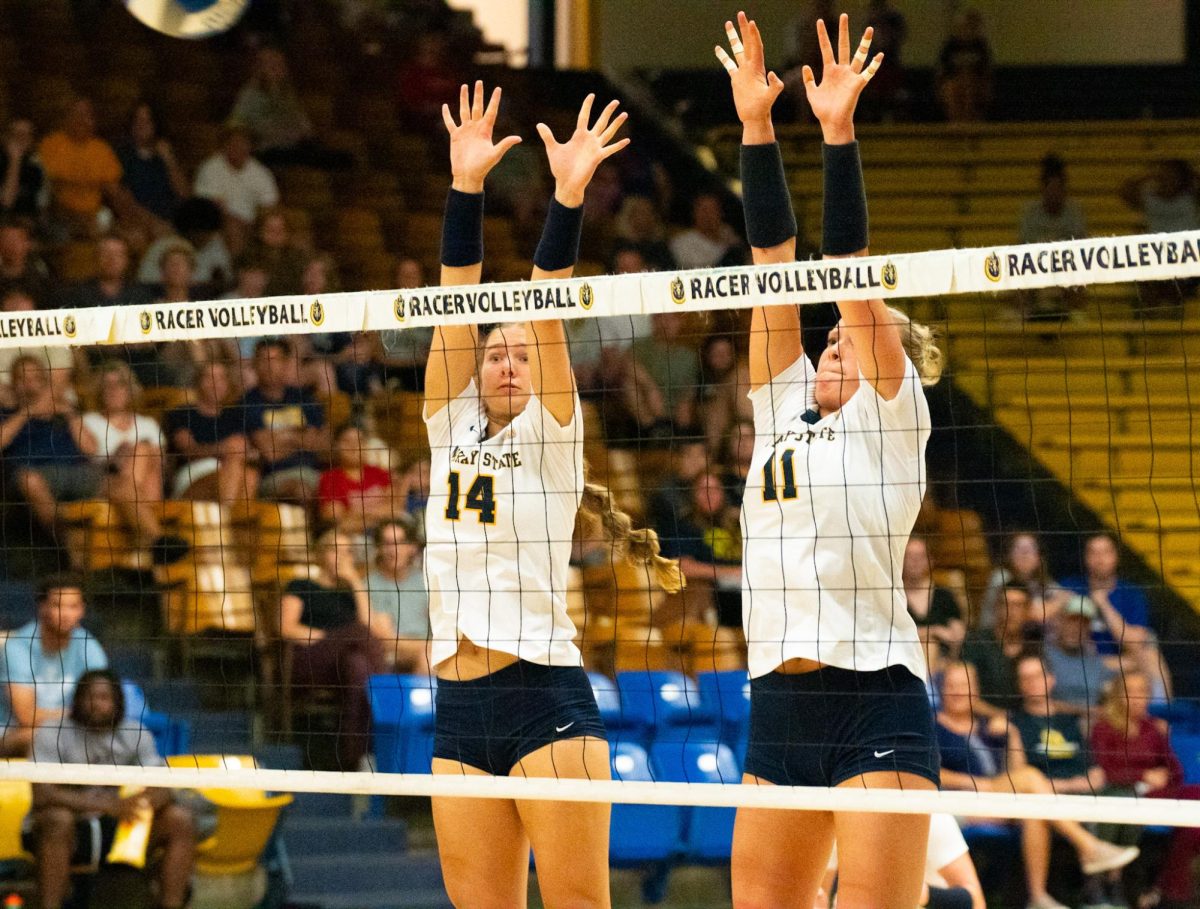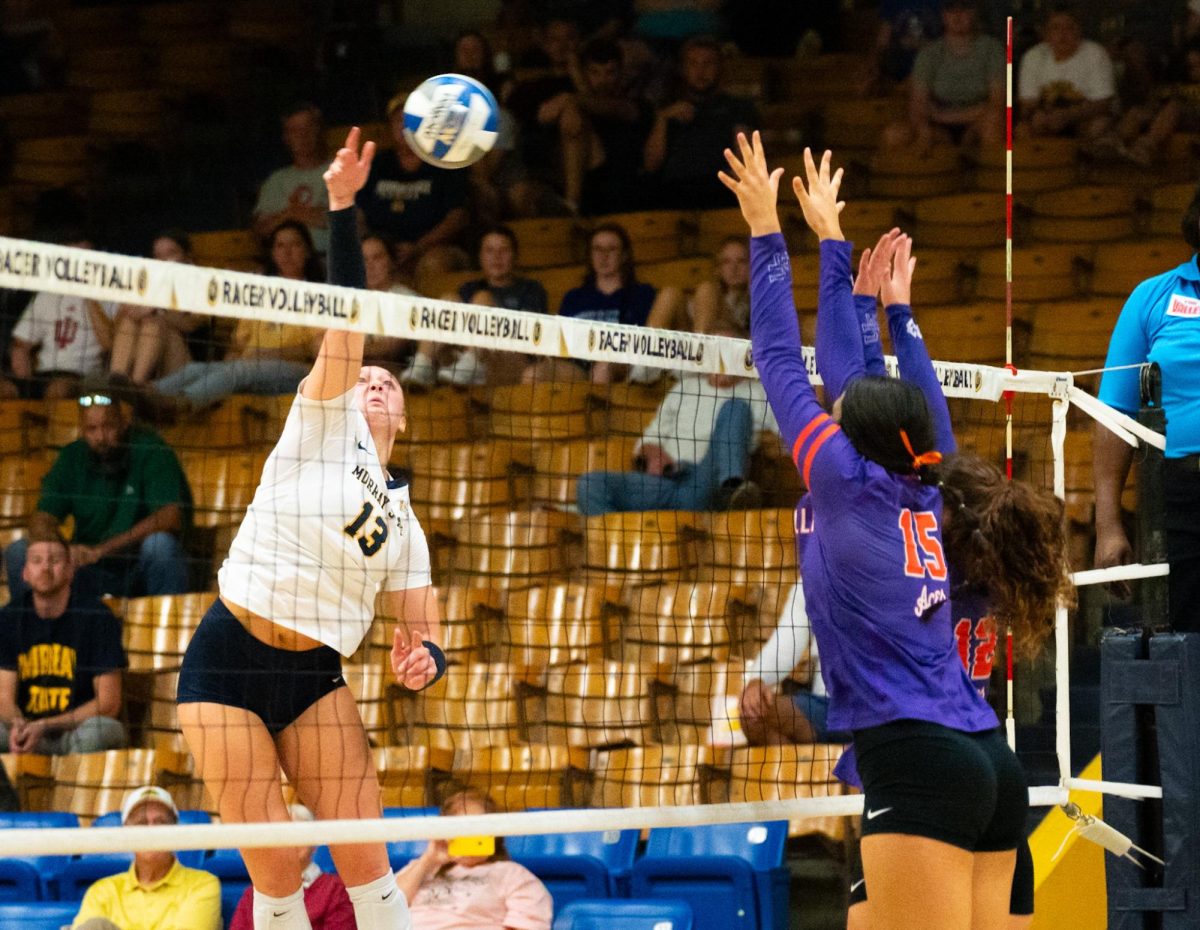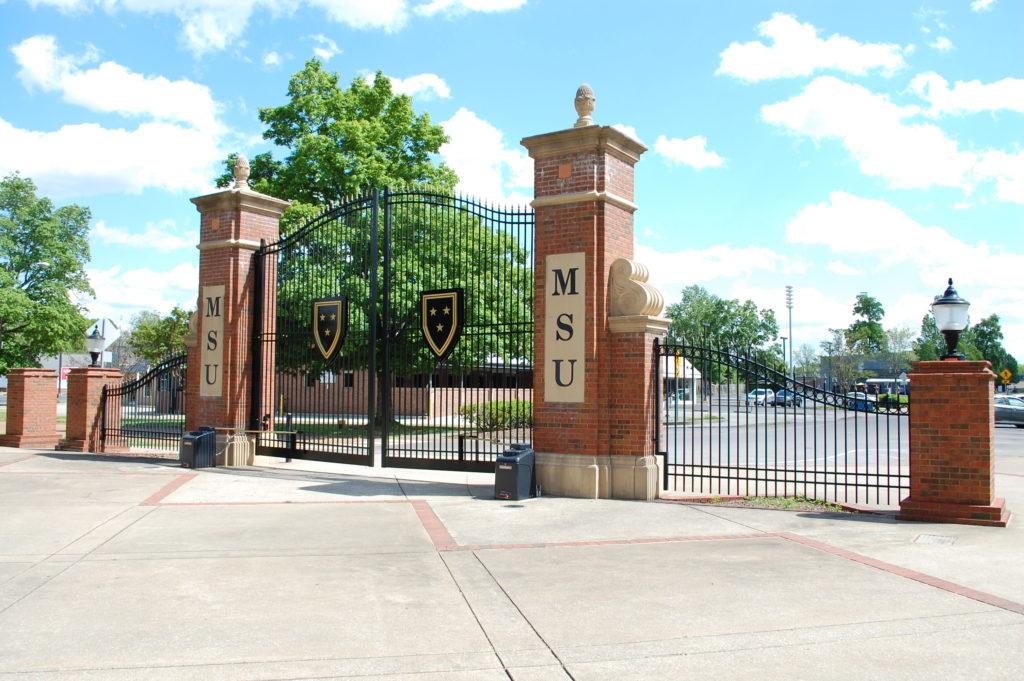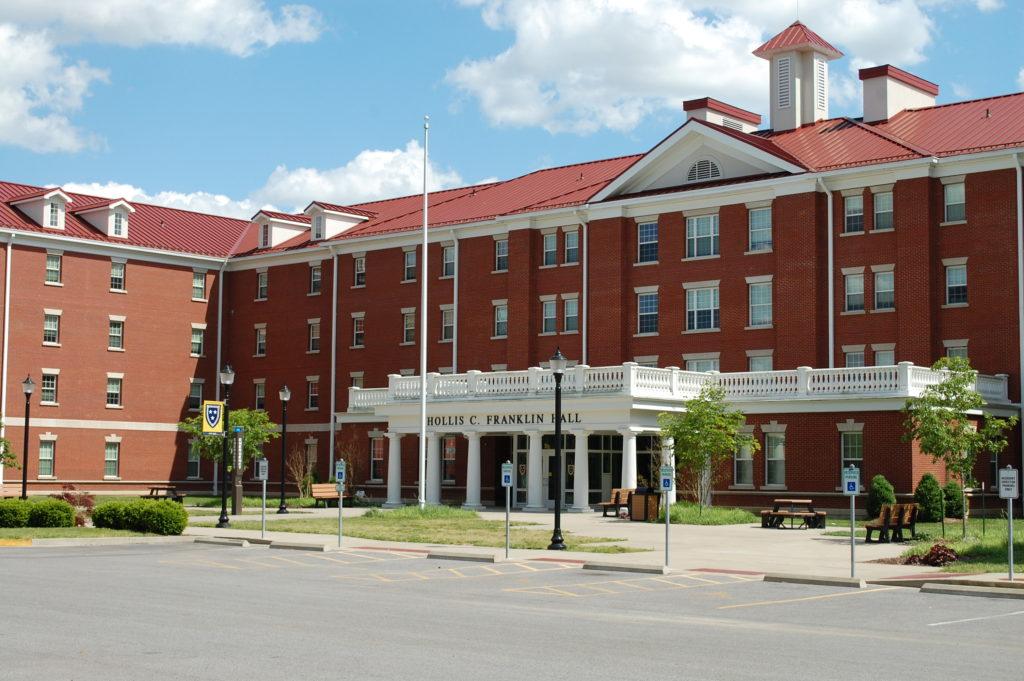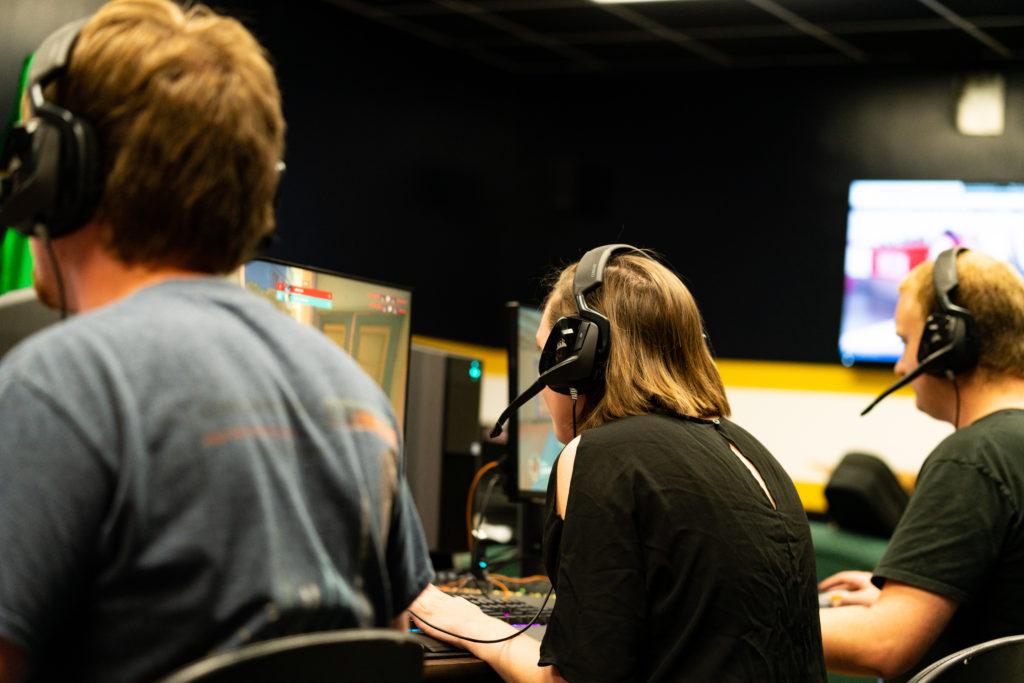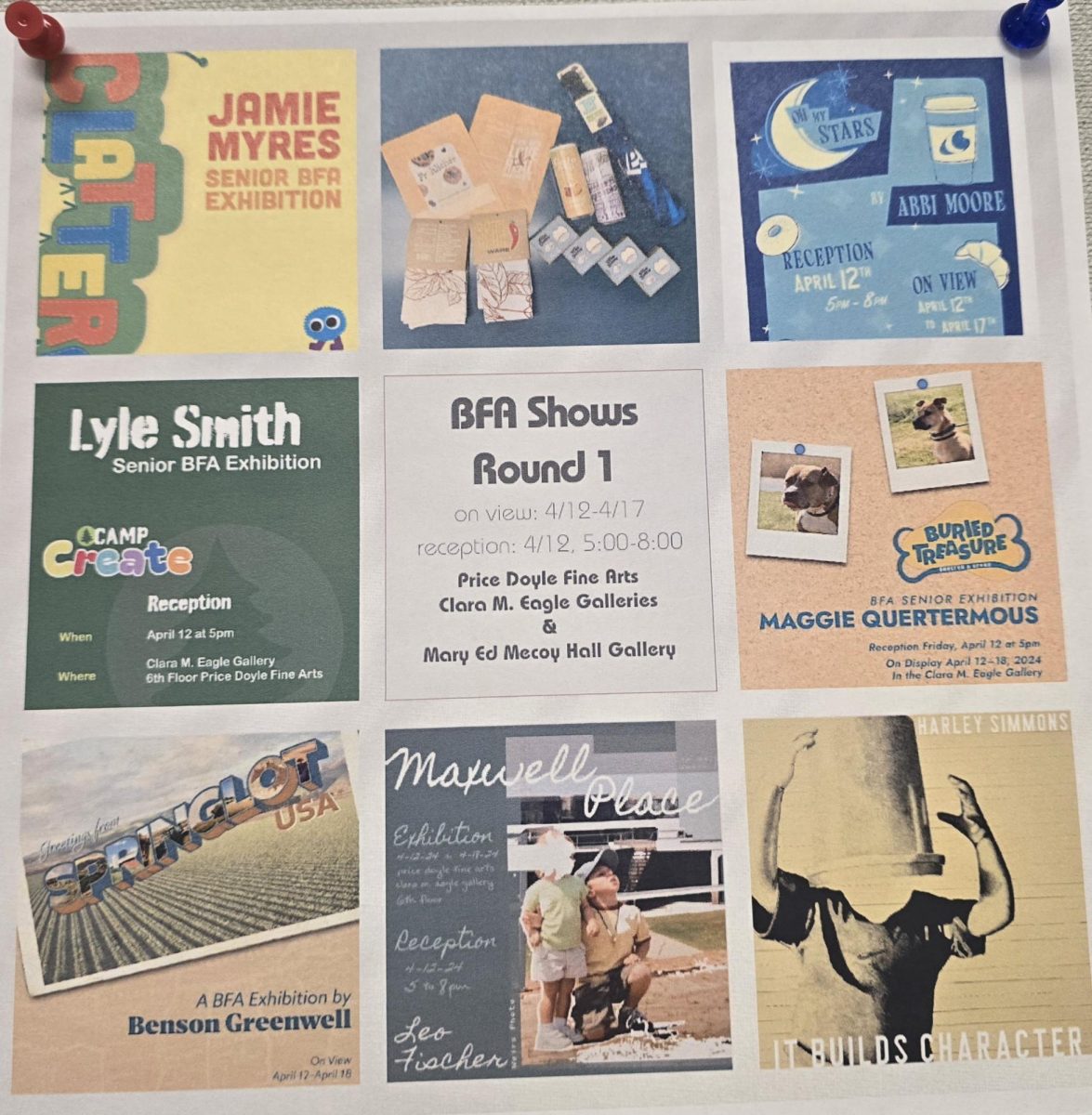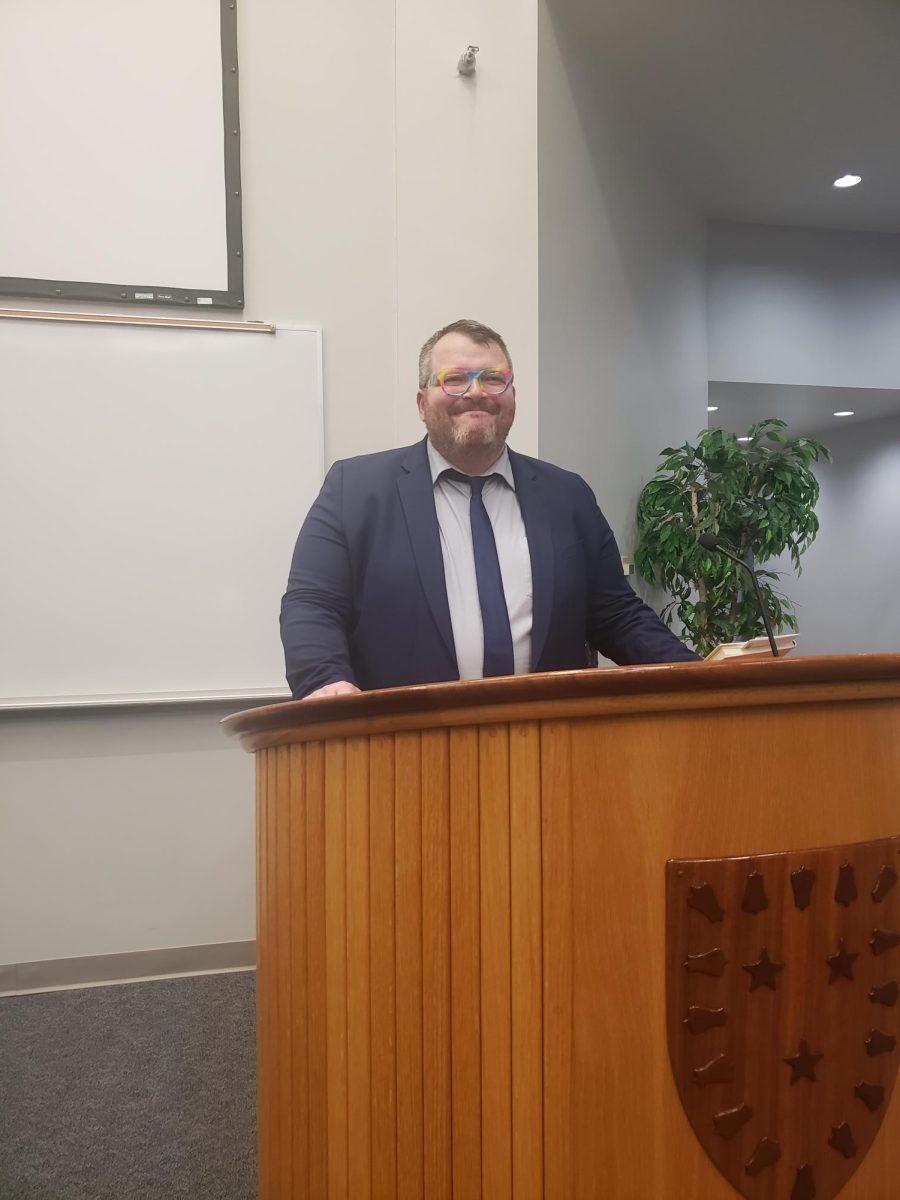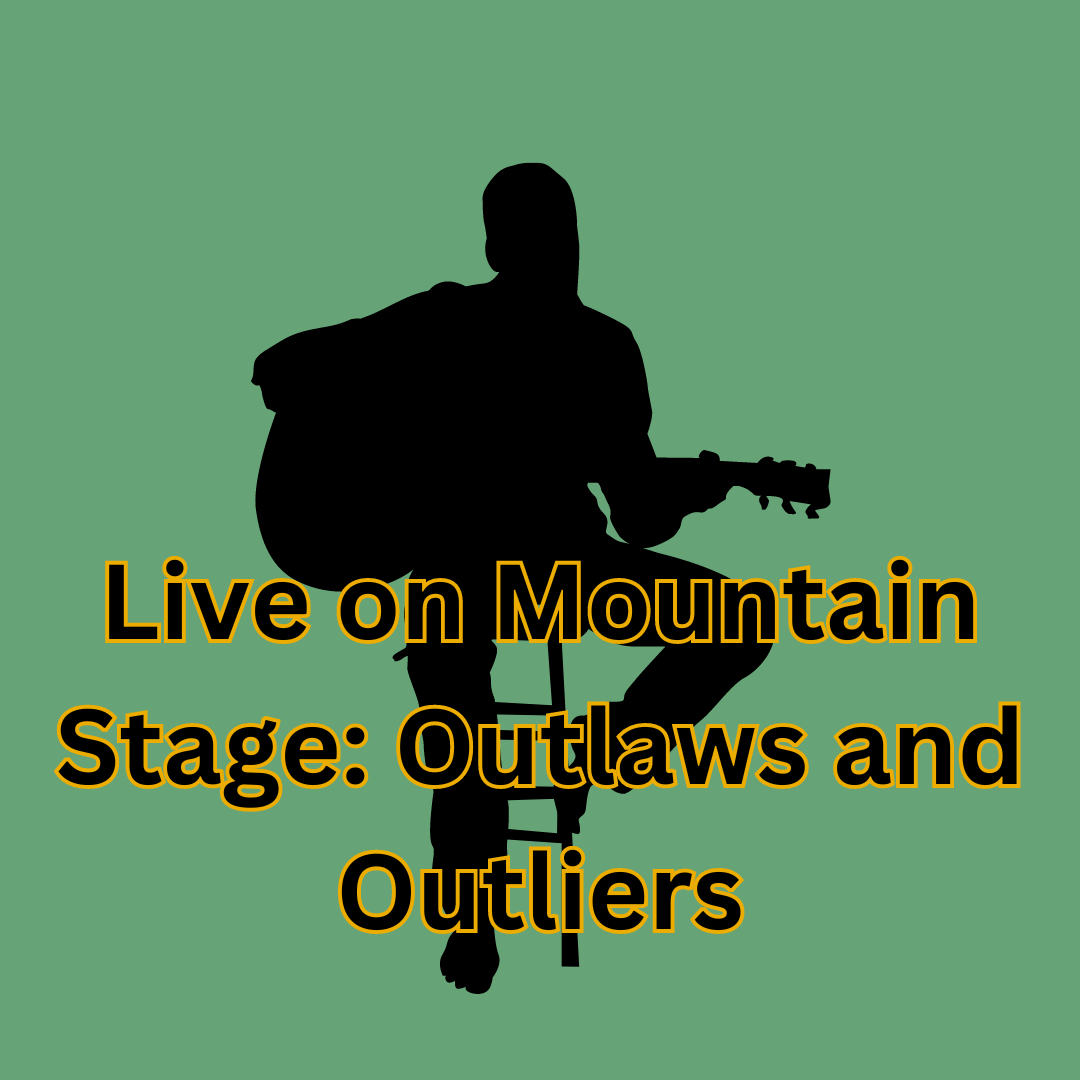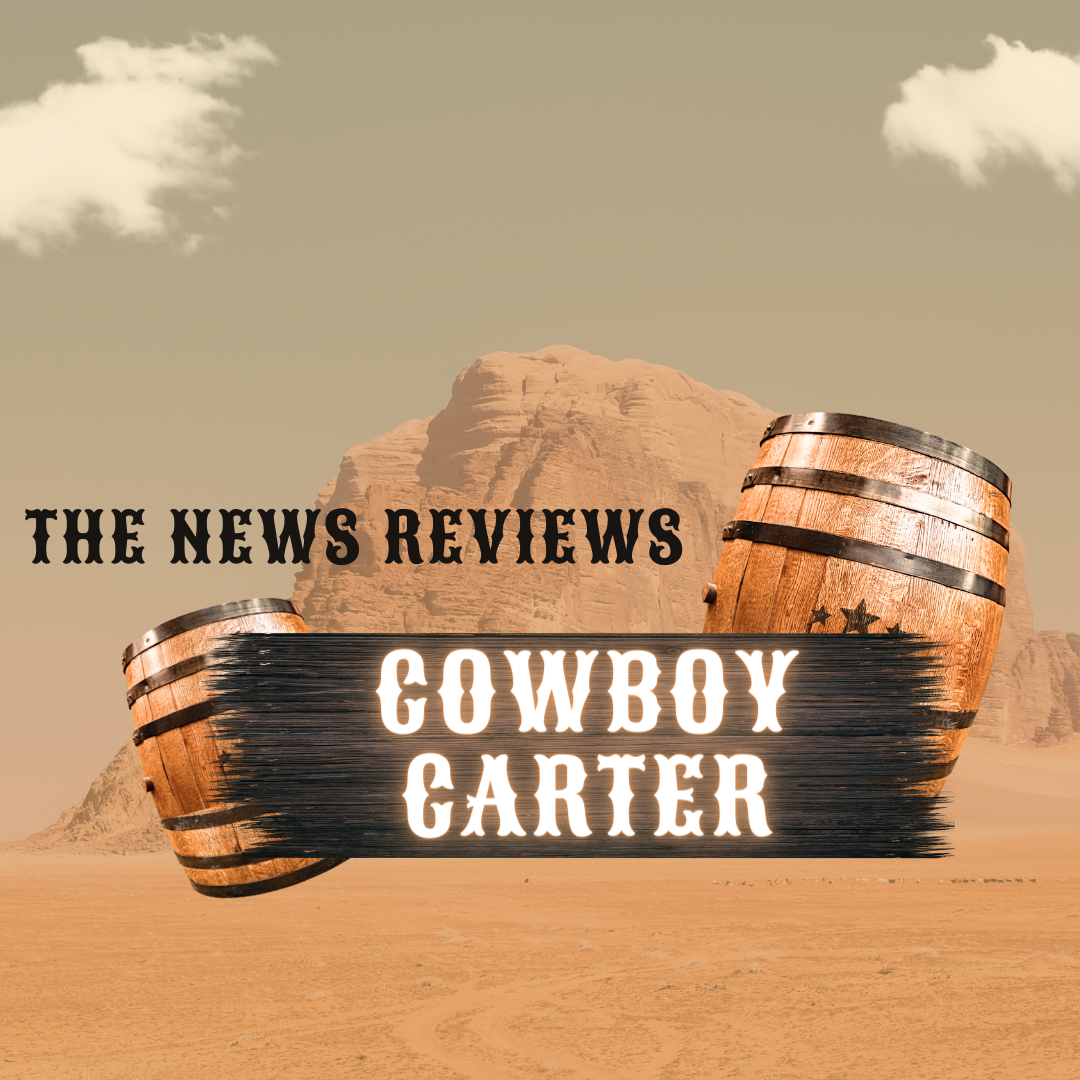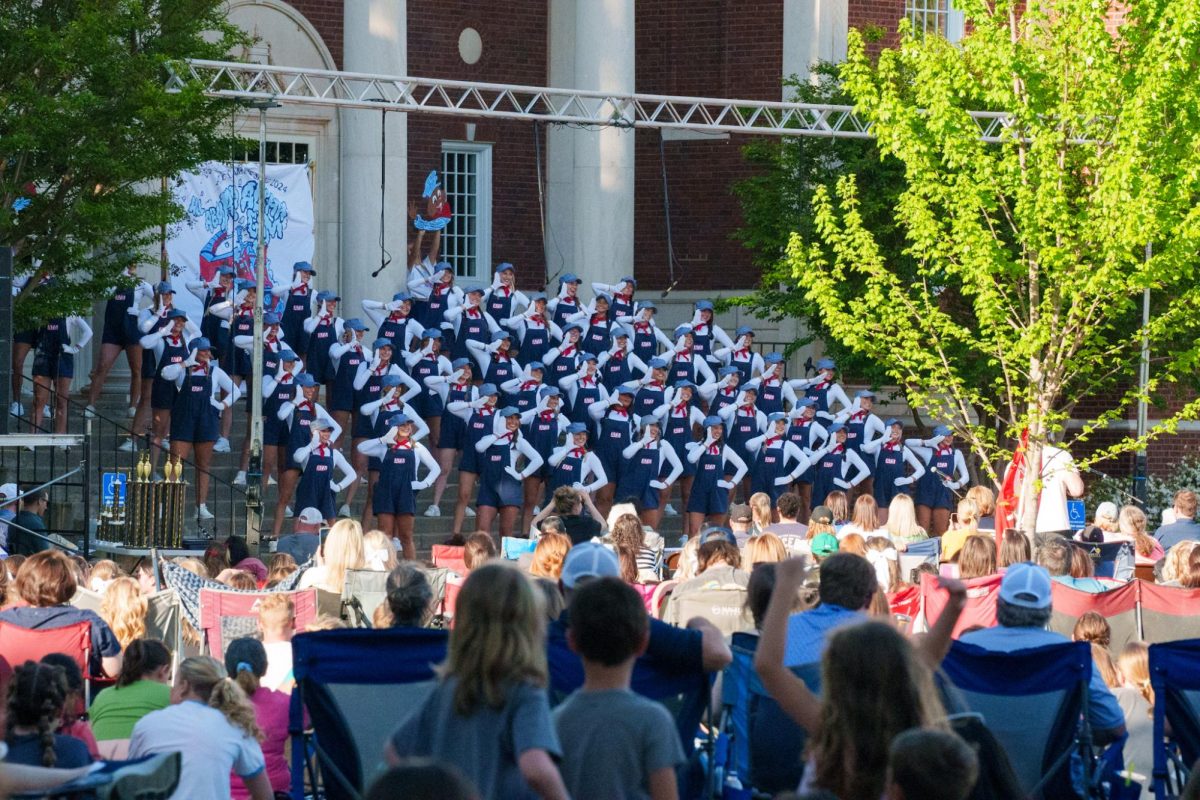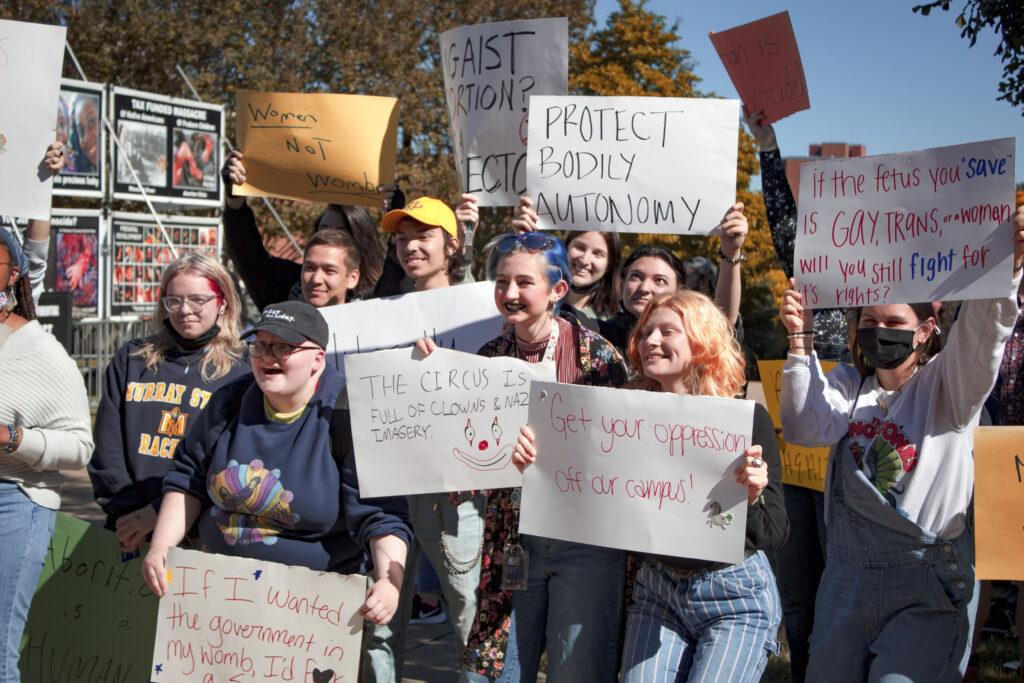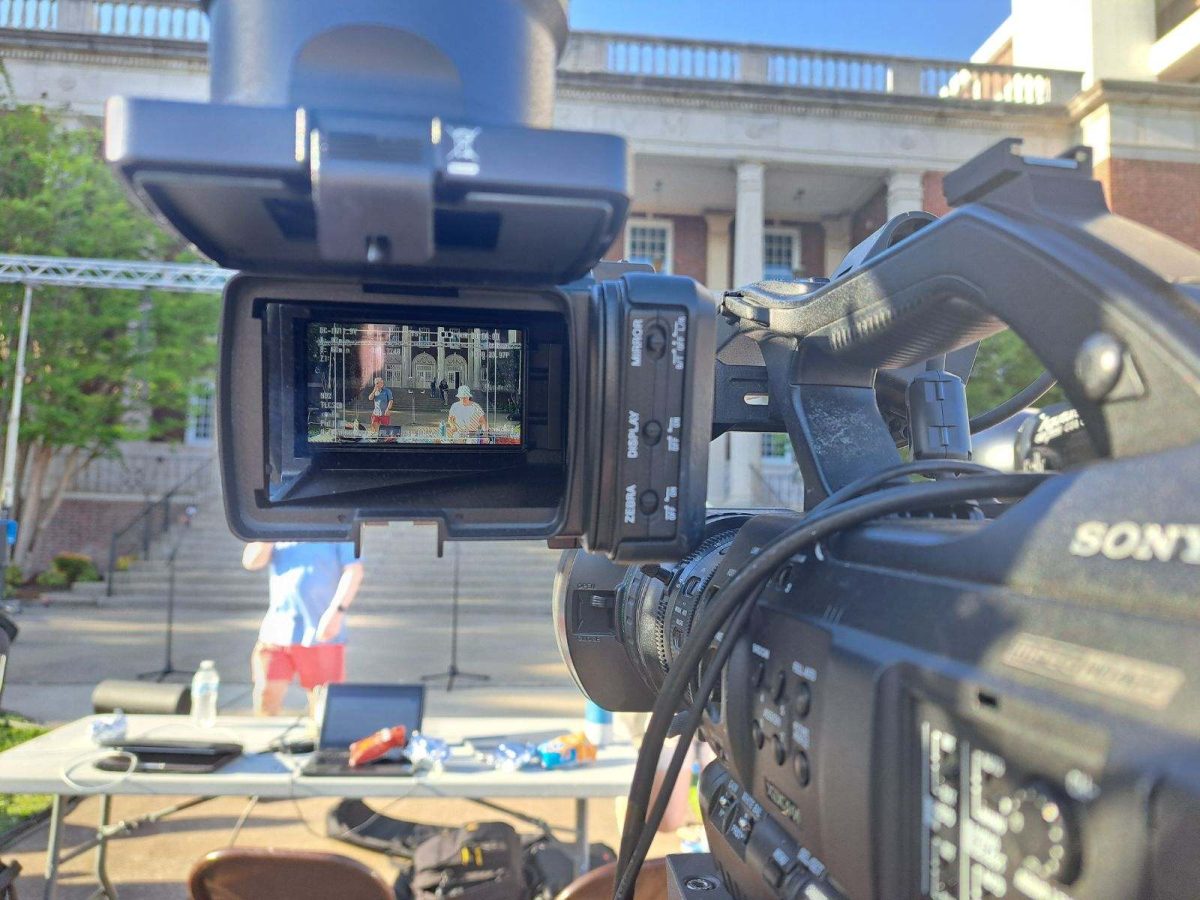Dionte Berry
News Editor
[email protected]
After campus was visited by an anti-abortion protest group that equated abortion to genocide, students organized counter-protests to spread their own messages and denounce the groups’ use of graphic content.
A group from the Center of Bioethical Reform set up a large poster display in the free speech zone on Oct. 18 and 19 with their anti-abortion message. The posters compared abortion to genocide with the exploitation of graphic images of aborted fetuses, victims of the Holocaust and Nazi symbolism as well as imagery from the Civil Rights Movement.
In response to their display, students organized a counter-protest on both days. Students made posters to spread messages of bodily autonomy as well as disapproval of the groups’ usage of graphic imagery.
Although it may seem as though the Center of Bioethical Reform should not be able to set up such a display, they were able to in the free speech zone where they are protected by the First Amendment.
The Center has set up the same display and other graphic portrayals to promote their anti-abortion beliefs at other college campuses. All colleges have a zone designated for free speech.
The aftermath of the two-day period was marked by the desire for change in how groups like the Center of Bioethical reform are able to set up on campus,
Sophomore theater major Mack Slack played a big role in the protests. Slack had a megaphone and led many of the other protestors in chants about wanting change.
Slack came upon the protests on the morning of Oct. 18 and after seeing the graphic imagery the group was using, she decided to join the beginning efforts of the counter-protest.
“I happened to be walking out of class when I saw the offensive images plastered right outside across from the Applied Science Building,” Slack said. “After having multiple conversations with one of the women who were with the Bioethical Reform Group, I decided to join a couple of my friends who were already there protesting.”
At the time, Slack said she didn’t know how something like this could happen, and felt as though she had a responsibility to use her voice to speak out against the imagery that was being spread.
“The images were gruesome, fear-mongering, and highly offensive to the BIPOC and Jewish community,” Slack said. “I honestly felt like I was just doing what I had to do. Sometimes it’s hard for others to speak up when the world we live in makes them feel as if they don’t have a voice. I will absolutely and happily be that voice for myself and for others when they need it.”
Slack chanted back and forth between protestors over a megaphone. The chant was broken into two sections, with Slack asking protestors, “What do we want?” and “When do we want it?” The protestors responded with “Choice,” and “Always.”
Fellow protestor, public relations major Scottlynn Ballard, also saw the protest as she was leaving class.
“I got involved with the counter-protests after leaving for my environmental science lecture. I had been able to talk to some of the organizers before the counter-protesters arrived,” Ballard said. “Dr. Carthell gave us a message of protesting with a purpose, and I really wanted to look deeper and figure out just what would become our centralizing message for this.”
Ballard did not want this issue to only last for the two days protestors were occupying the space outside of the Curris Center, but she wanted to use this event to create long-term change.
In creating change Ballard and Slack, along with other protestors, took the issue to the Student Government Association meeting on Wednesday, Oct. 20. The protestors presented an open letter outlining possible solutions to give students precaution in a group with graphic imagery.
In the open letter protestors made three points that could help ease the negative effects of something like this happening in the future.
The points are as follows:
- Create an alert system via email or text for whenever the free speech zone is occupied by a protest group and description of the content be displayed.
- Set up more visual warnings for whenever there is graphic content on display in the free speech zone.
- If there is graphic content on display, position on-site counsellors to help onlookers who may be overwhelmed with the content.
Ballard was happy to see how receptive those at SGA were to the concerns of the protestors.
“I am extremely grateful to SGA President Ian Puckett for addressing the incident as one of the first things on the docket,” Ballard said. “He opened it to discussion to the rest of the meeting, and being able to see that many people circled around the same ideas of changes and improvements that the University could do showed me that our central goal was a success.”
Along with the protesters, SGA President Ian Puckett denounced the graphic imagery used by the Center of Bioethical Reform.
“I believe the word I used on Wednesday was sickening. That’s all I can say about it,” Puckett said. “I understand what they’re trying to say, but I think the way that they did it was horrid by comparing abortion to genocide, it’s not accurate, and the argument is flawed.”
Puckett said he saw the groups as just trying to shock and create attention. During the SGA meeting, Puckett offered more light on how these groups are able to occupy spaces on college campuses.
“These groups come to campus, they follow all proper protocols and procedures with the Student Affairs Office to come here,” Puckett said. “They do everything legally and of course and this comes from my law professor, Dr. Alkhatib, legality does not always equal morality.”
If the campus was to deny a group like this entry then that could possibly result in a lawsuit against the university.
Since there is not the possibility of denying them entry, the idea of moving the free speech zone was considered.
“We could move it elsewhere on campus, but anywhere we move it, it’s gonna have to be in a high traffic zone,” Puckett said. “No matter what you do, you’re going to have to have a free speech circle or free speech zone that sees a high number of students coming and their message can be heard.”
Puckett said another important factor is not giving protestors the reaction they want.
“The gasoline to their car is the anger of the student body, so if you just walk by and I know they may be offensive, I get that it hurts, but if you simply ignore them, they won’t feel like you’re winning, but you’re winning, because they’re going to make themselves look like fools,” Puckett said.
Puckett is thankful for the students who did organize the counter-protests and made their voices and presented solutions to SGA.
“I feel their [the protestors] concerns, and we’re looking into their ideas,” Puckett said. We’ll see what we can do, what we can’t do, and we’ll be honest about it the entire way through it.”


